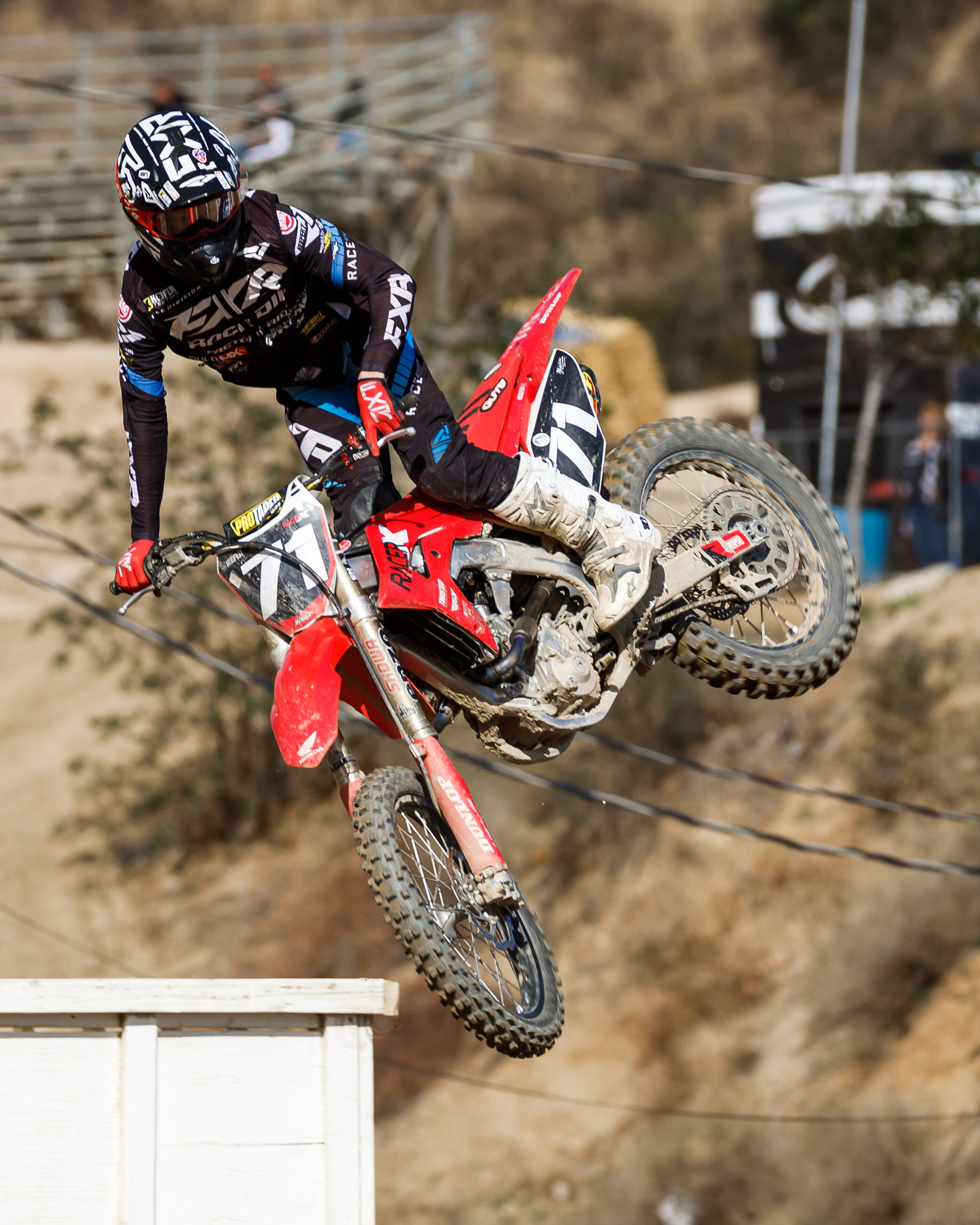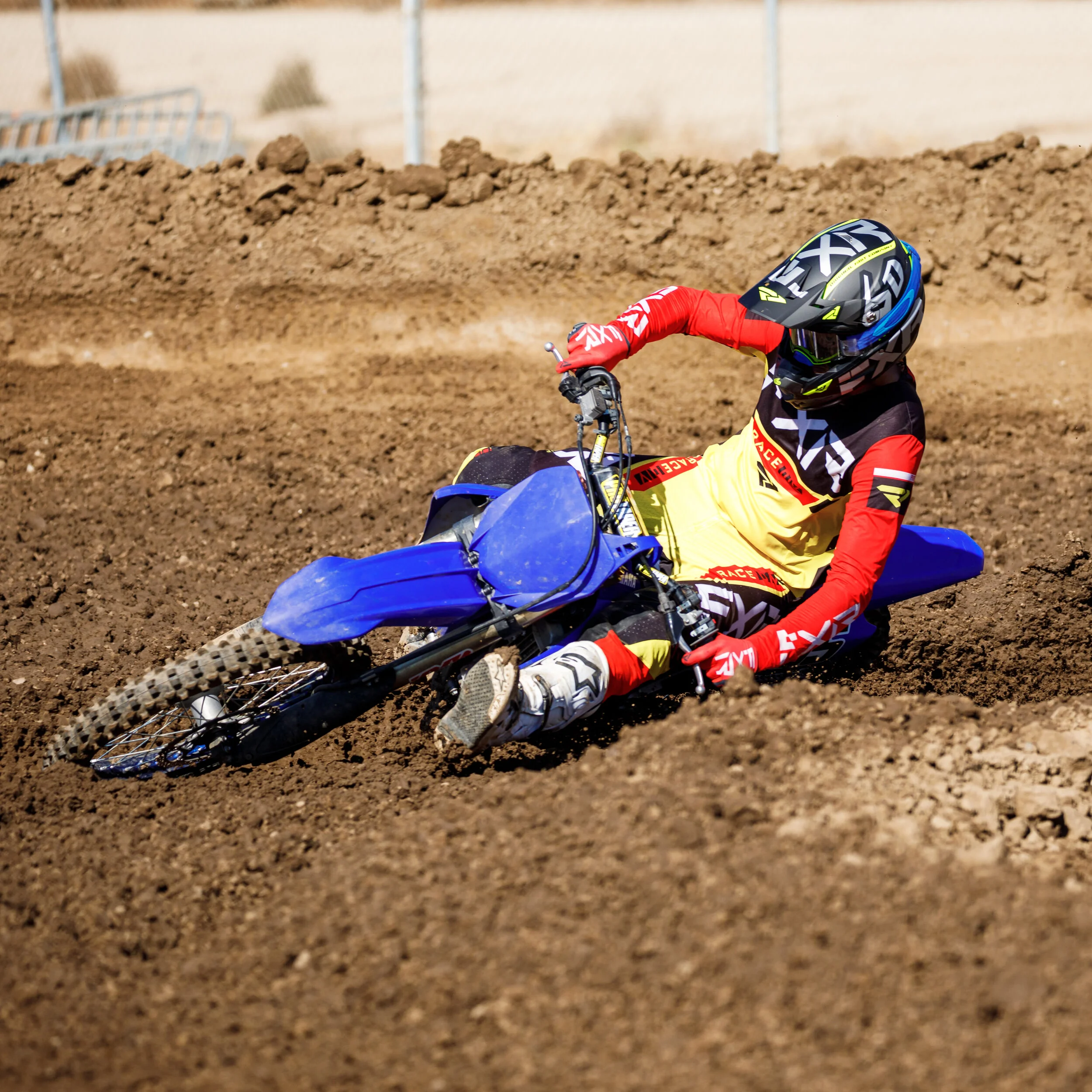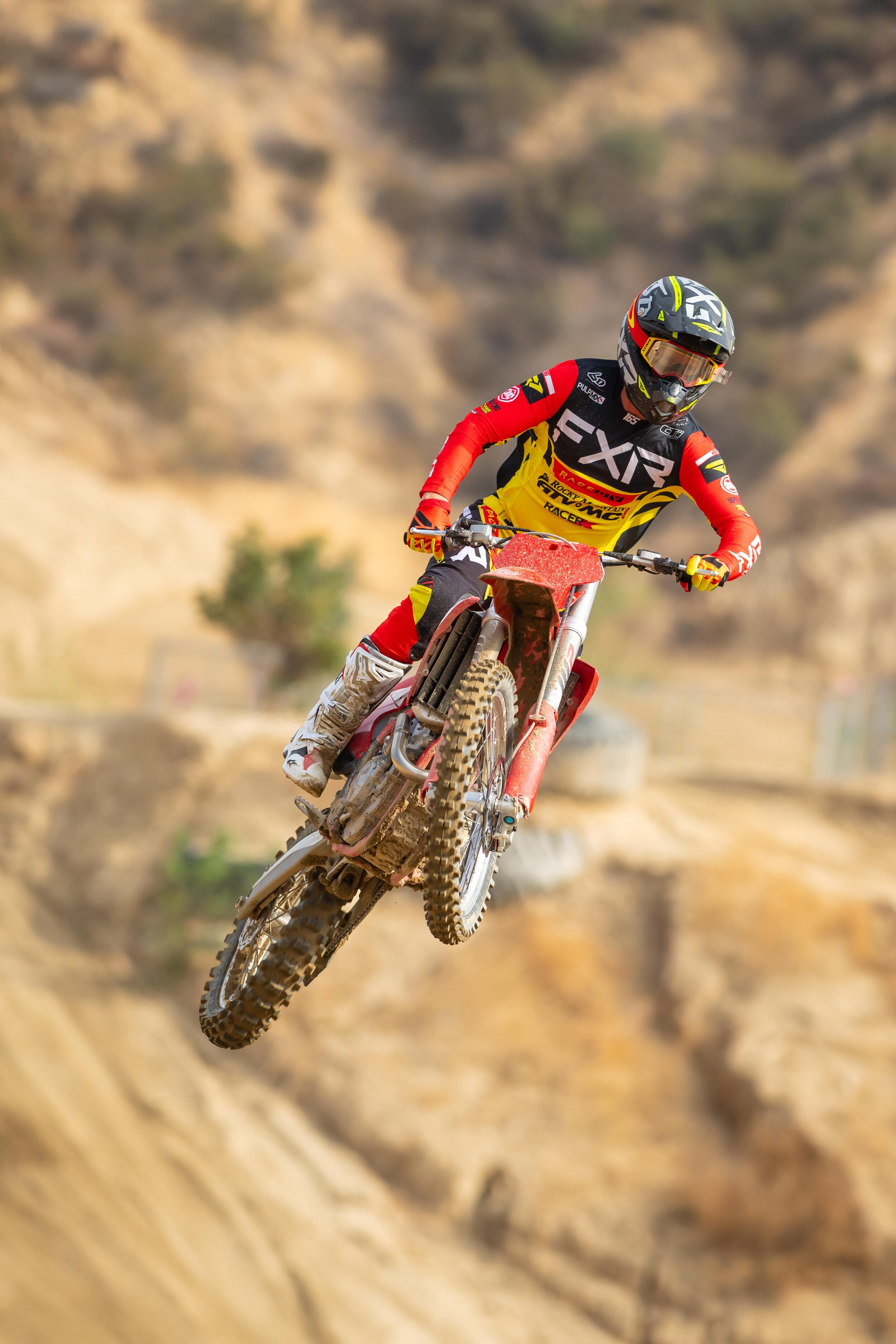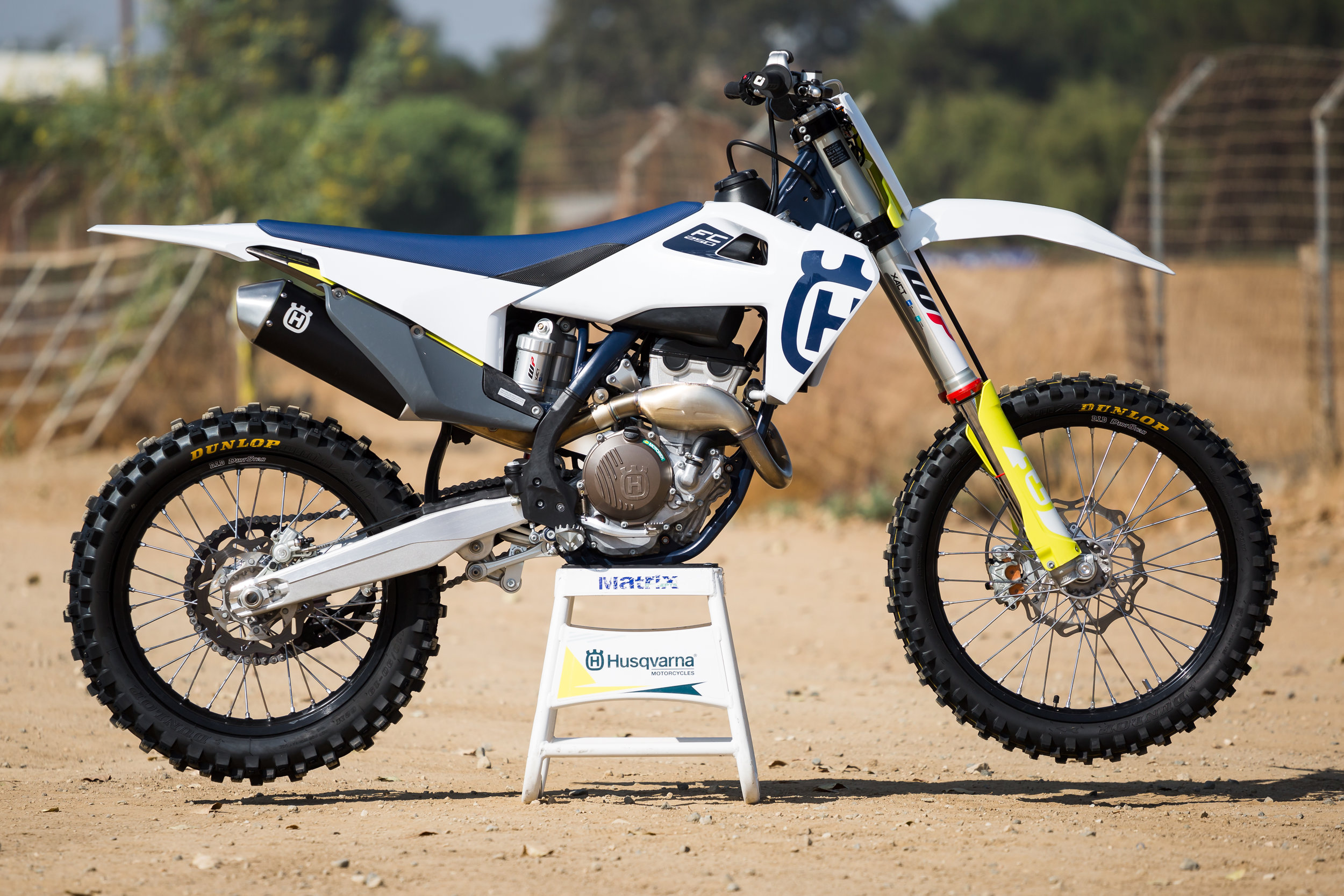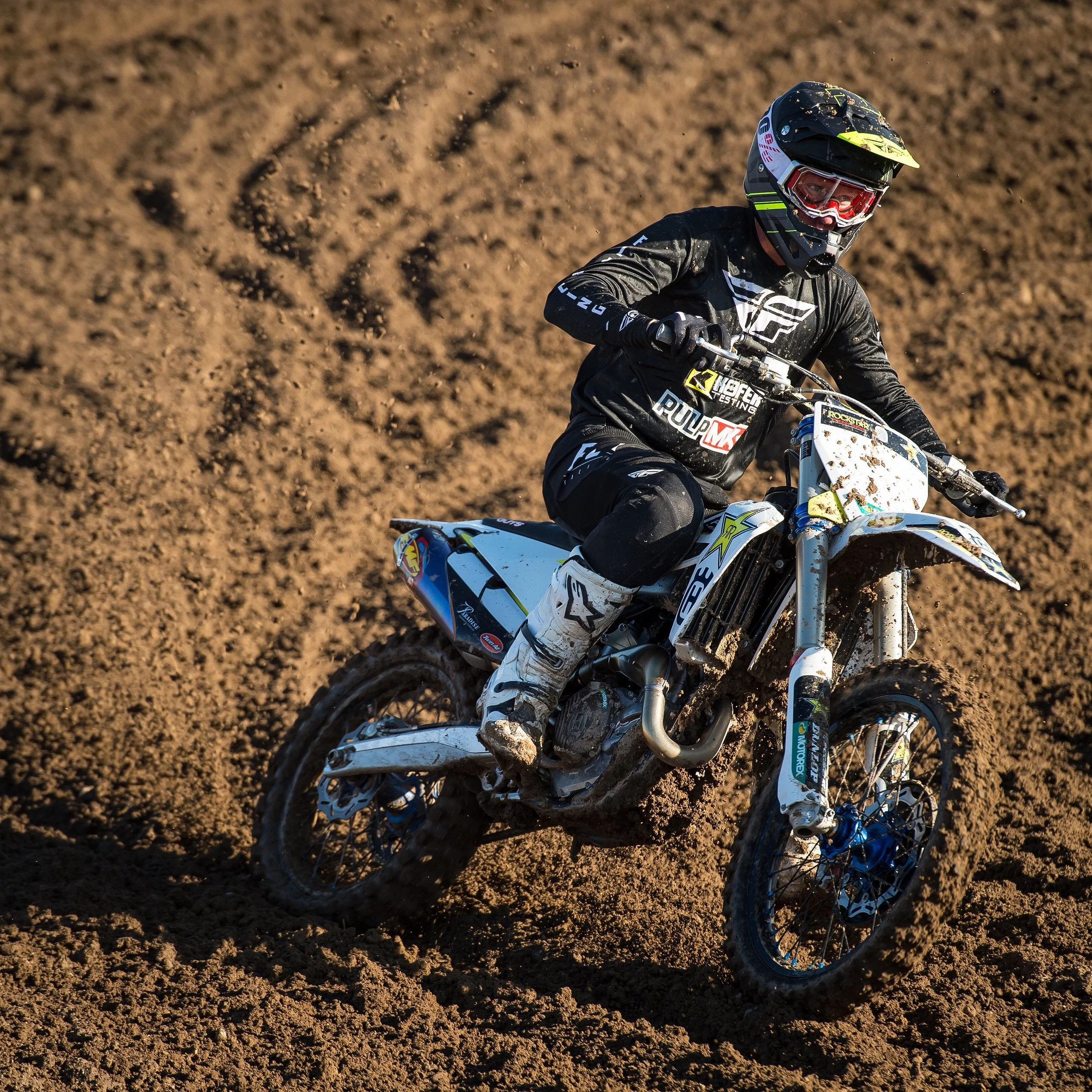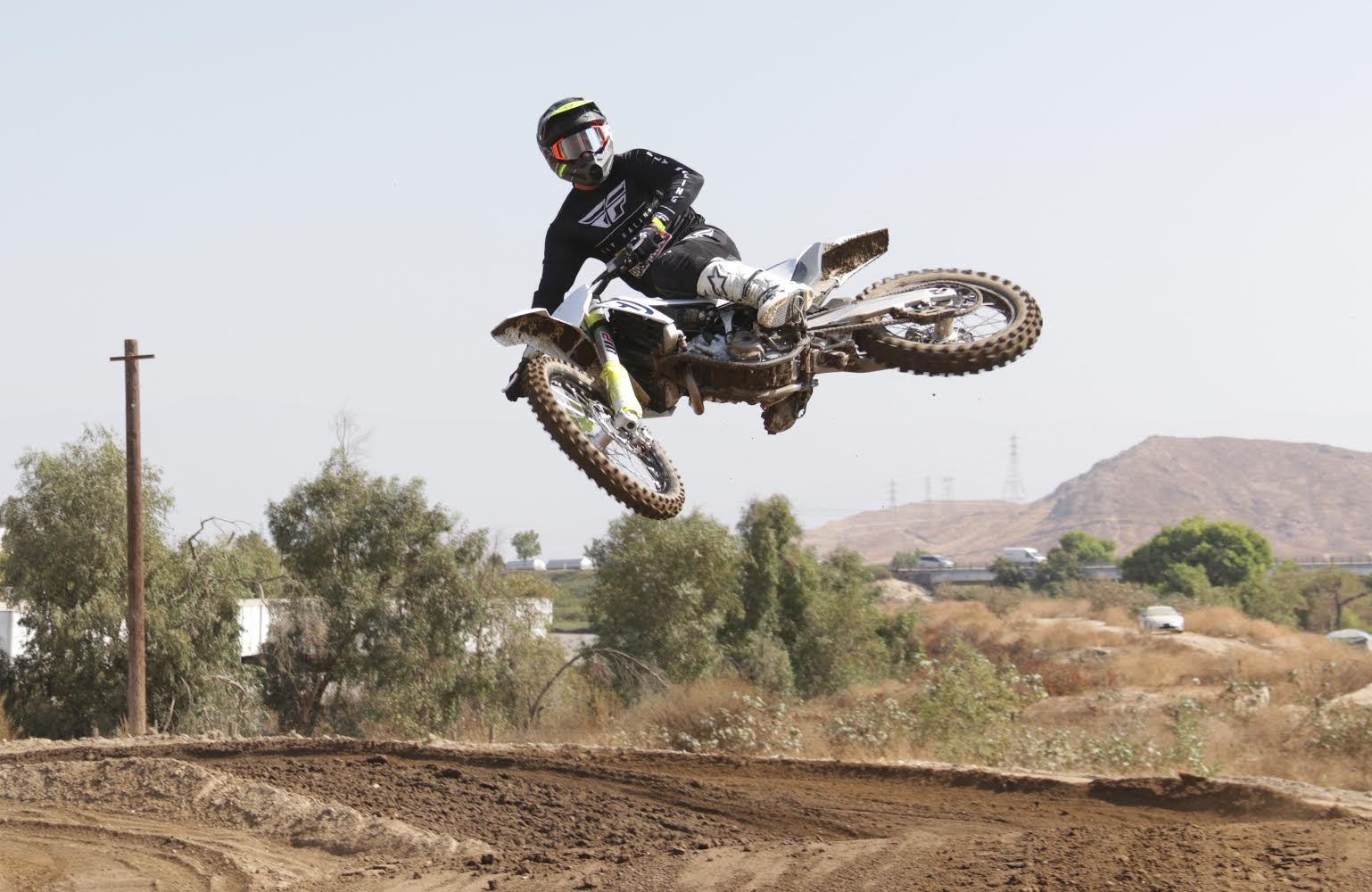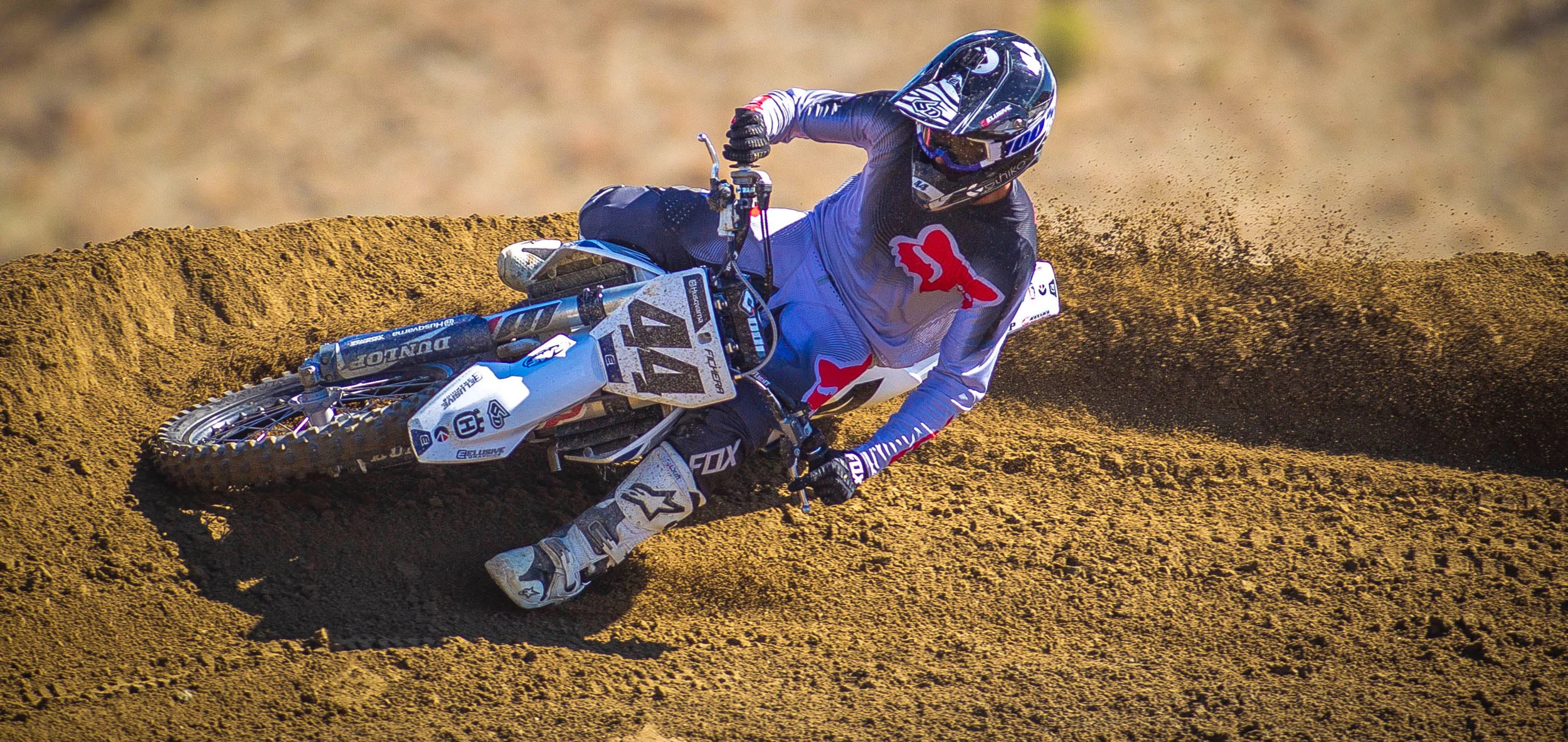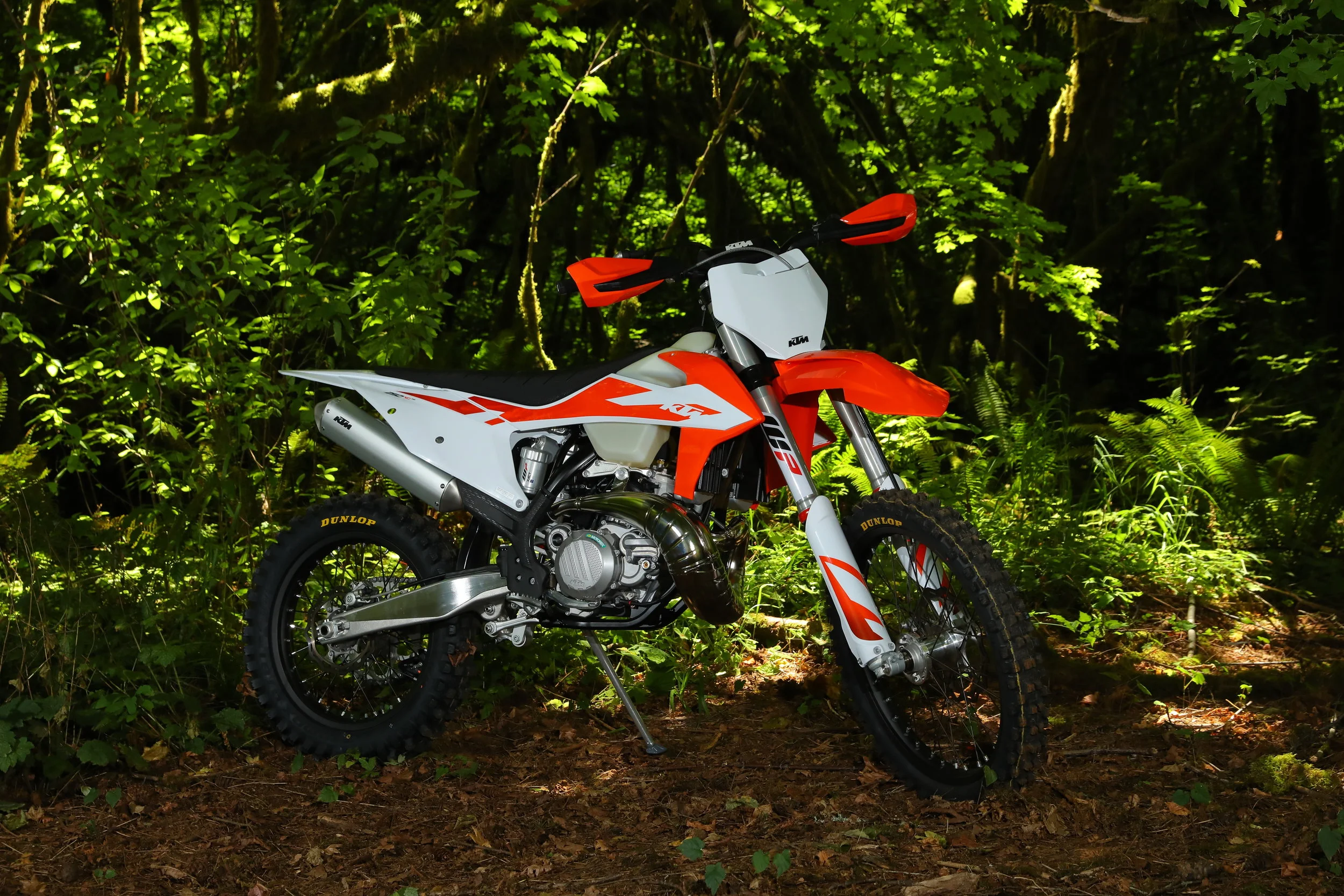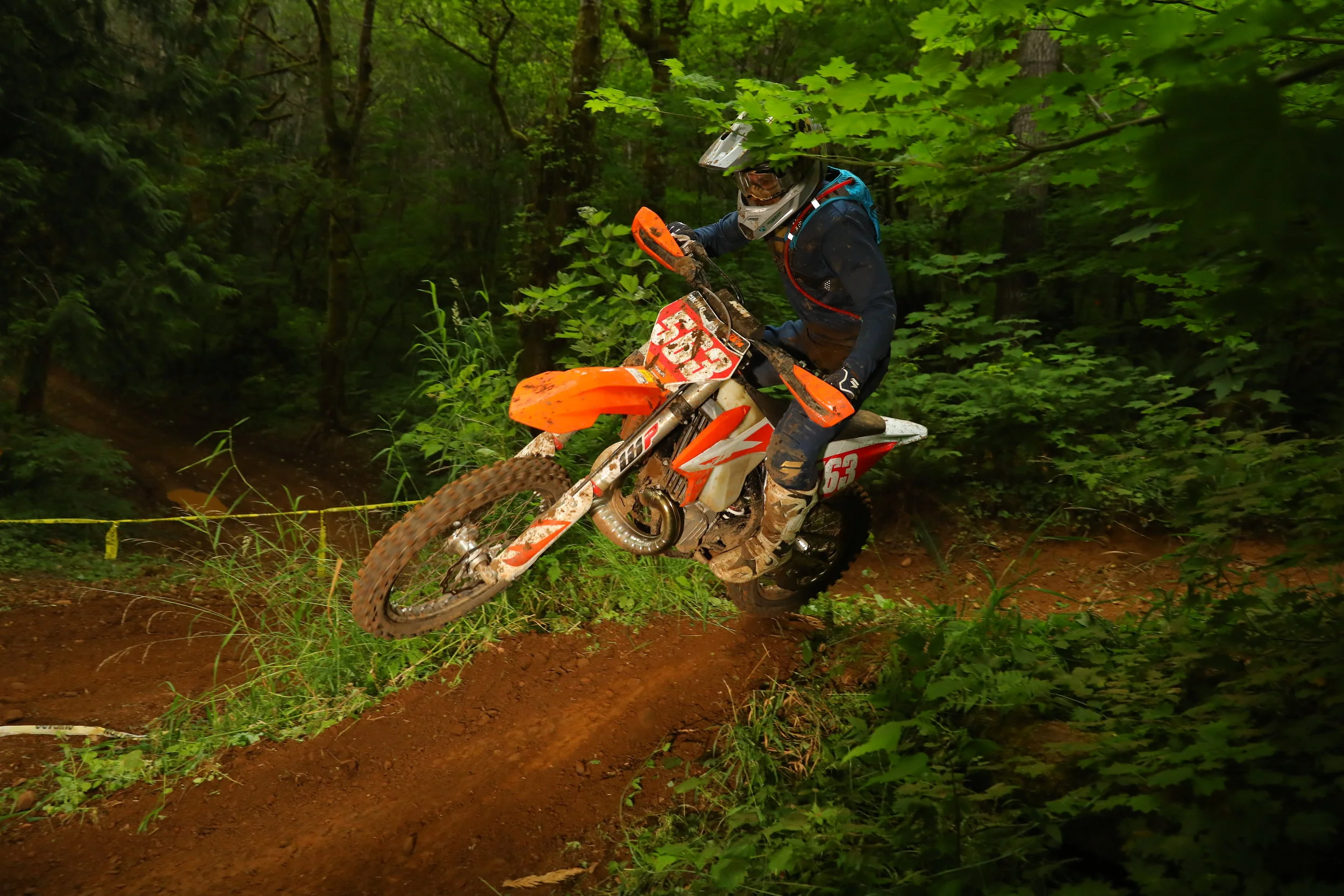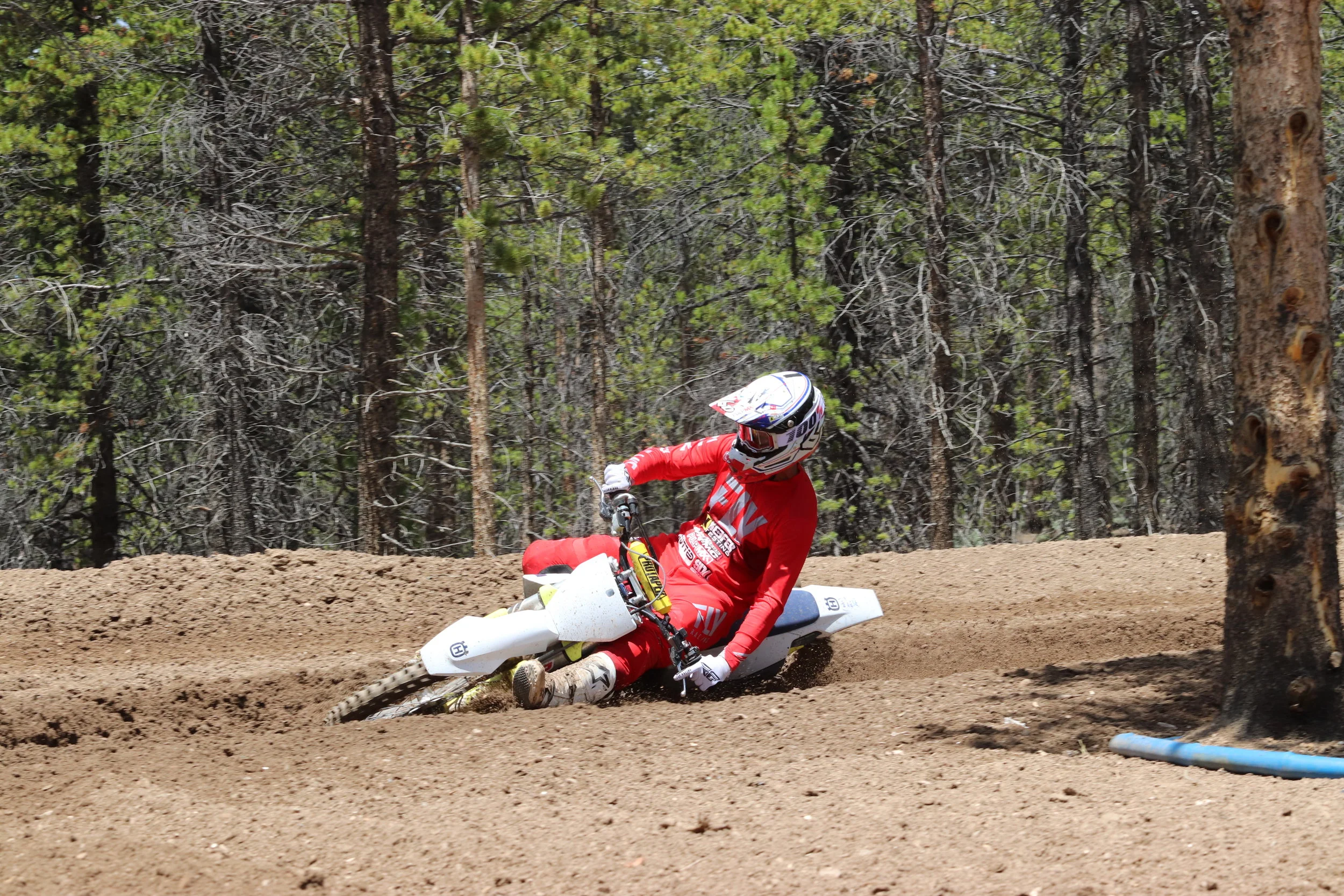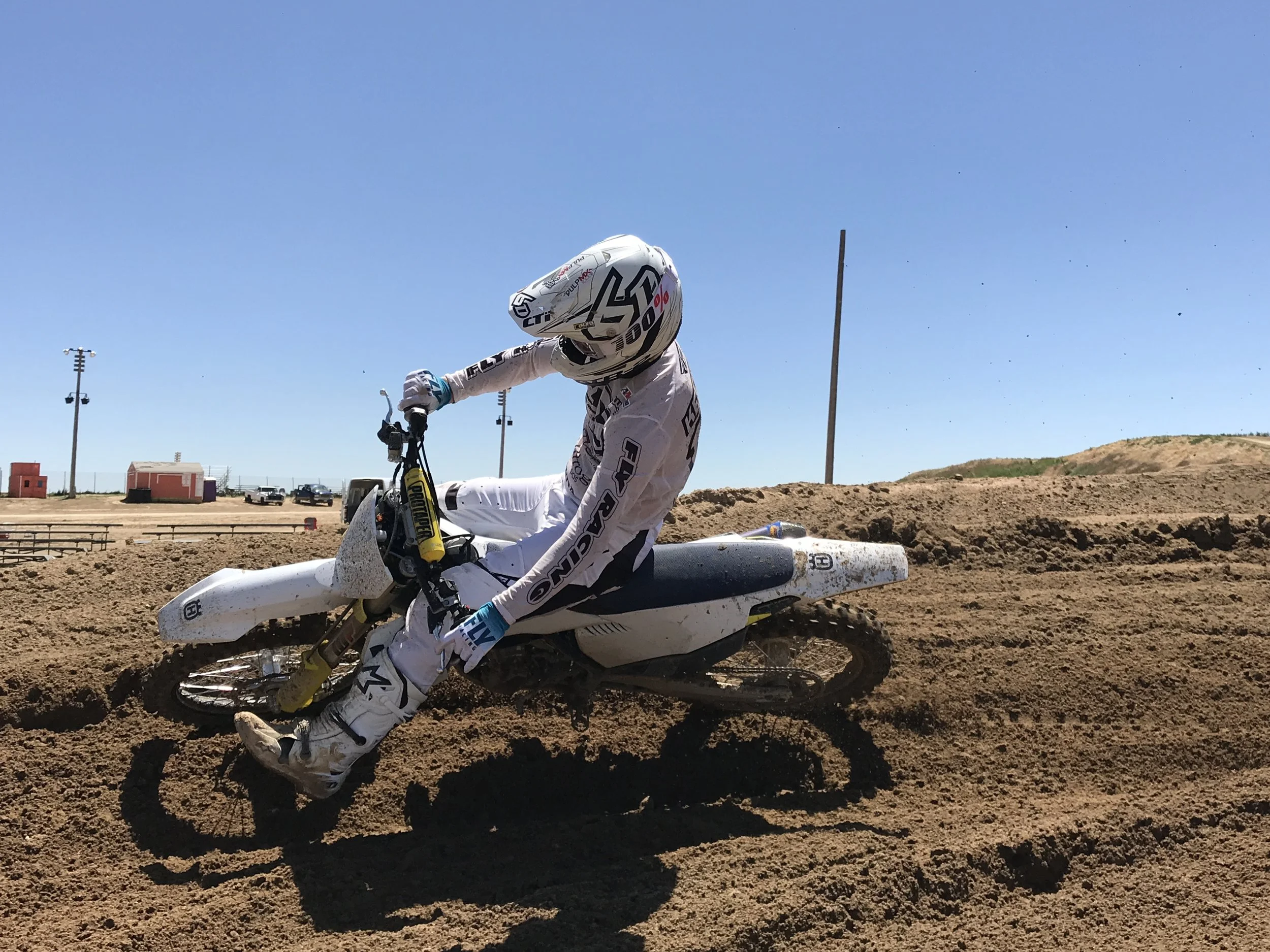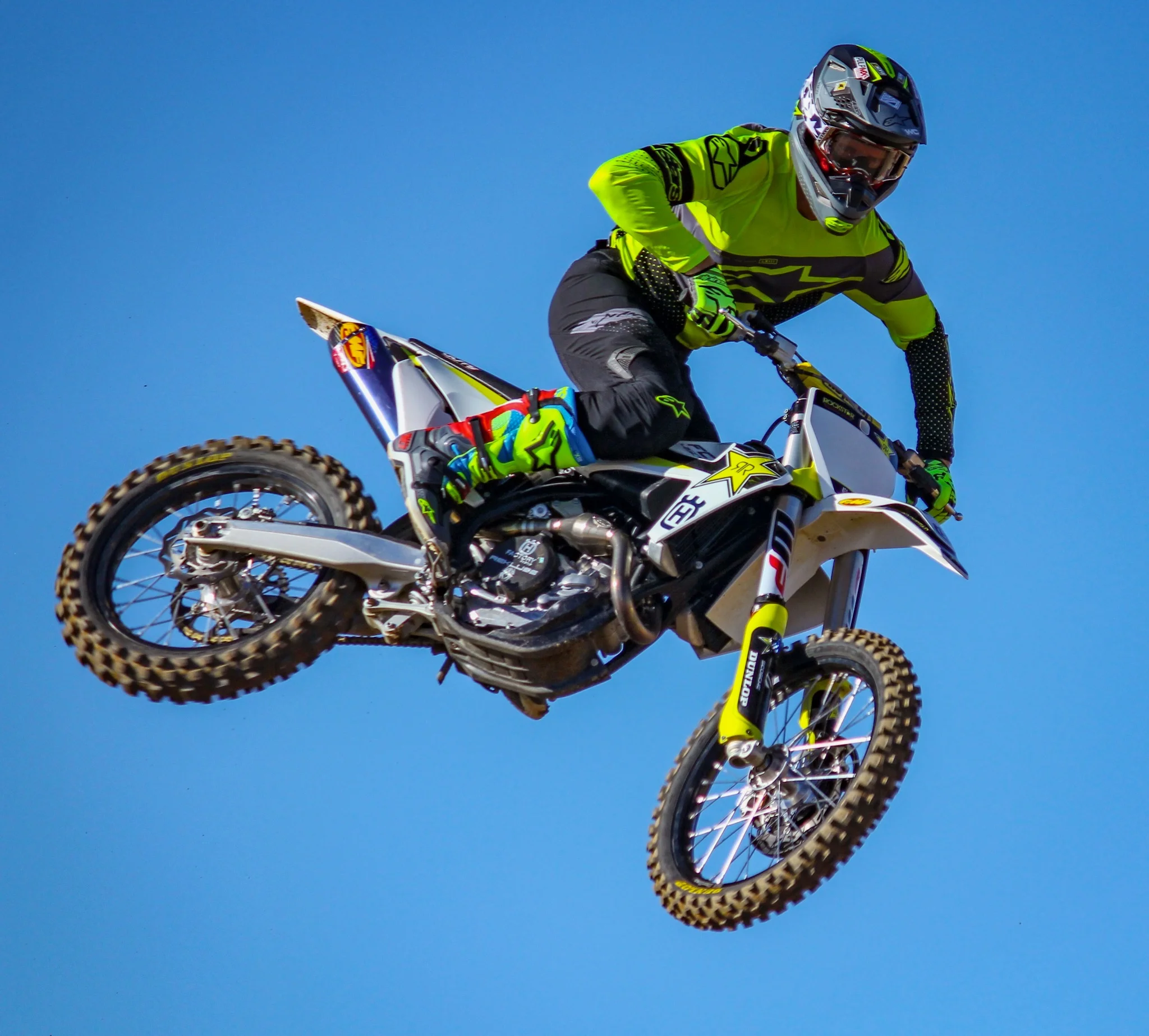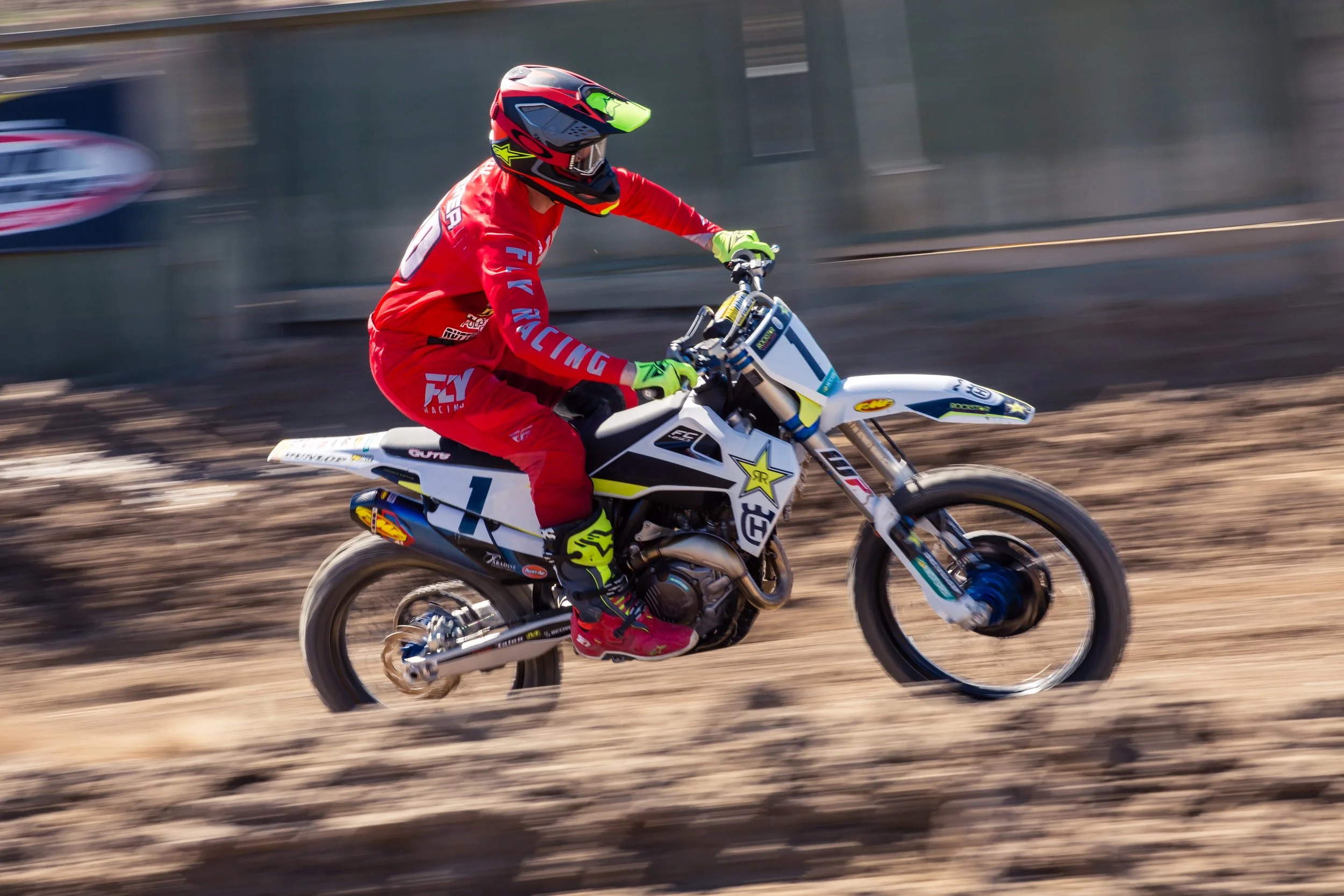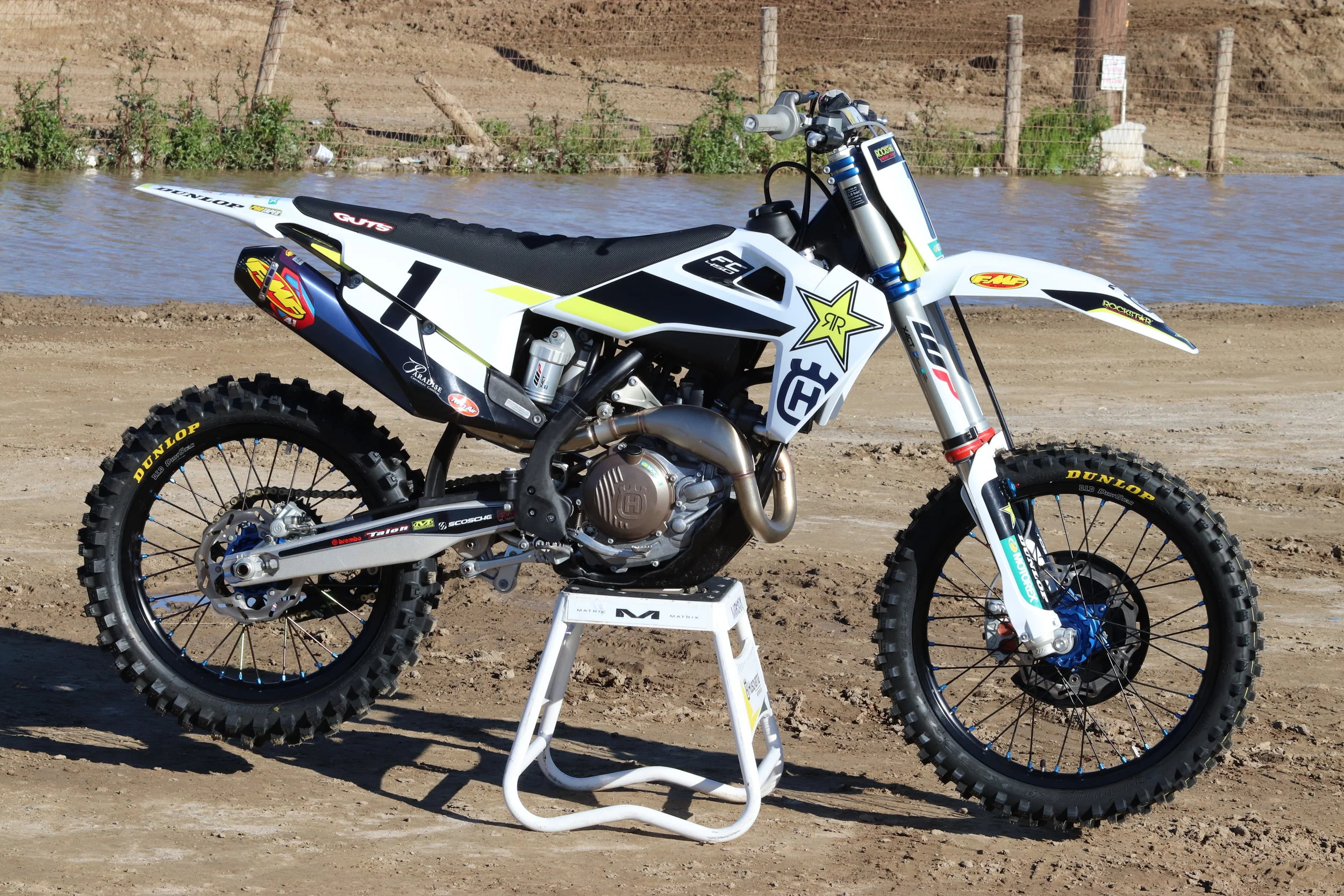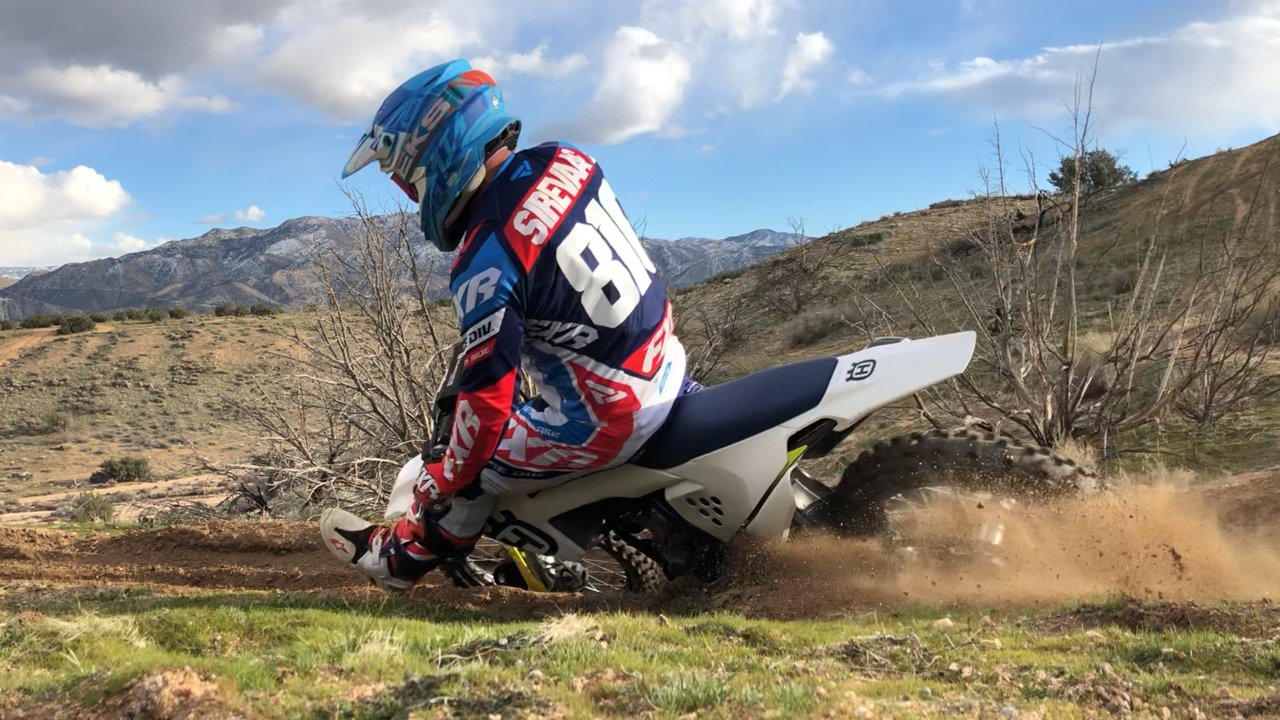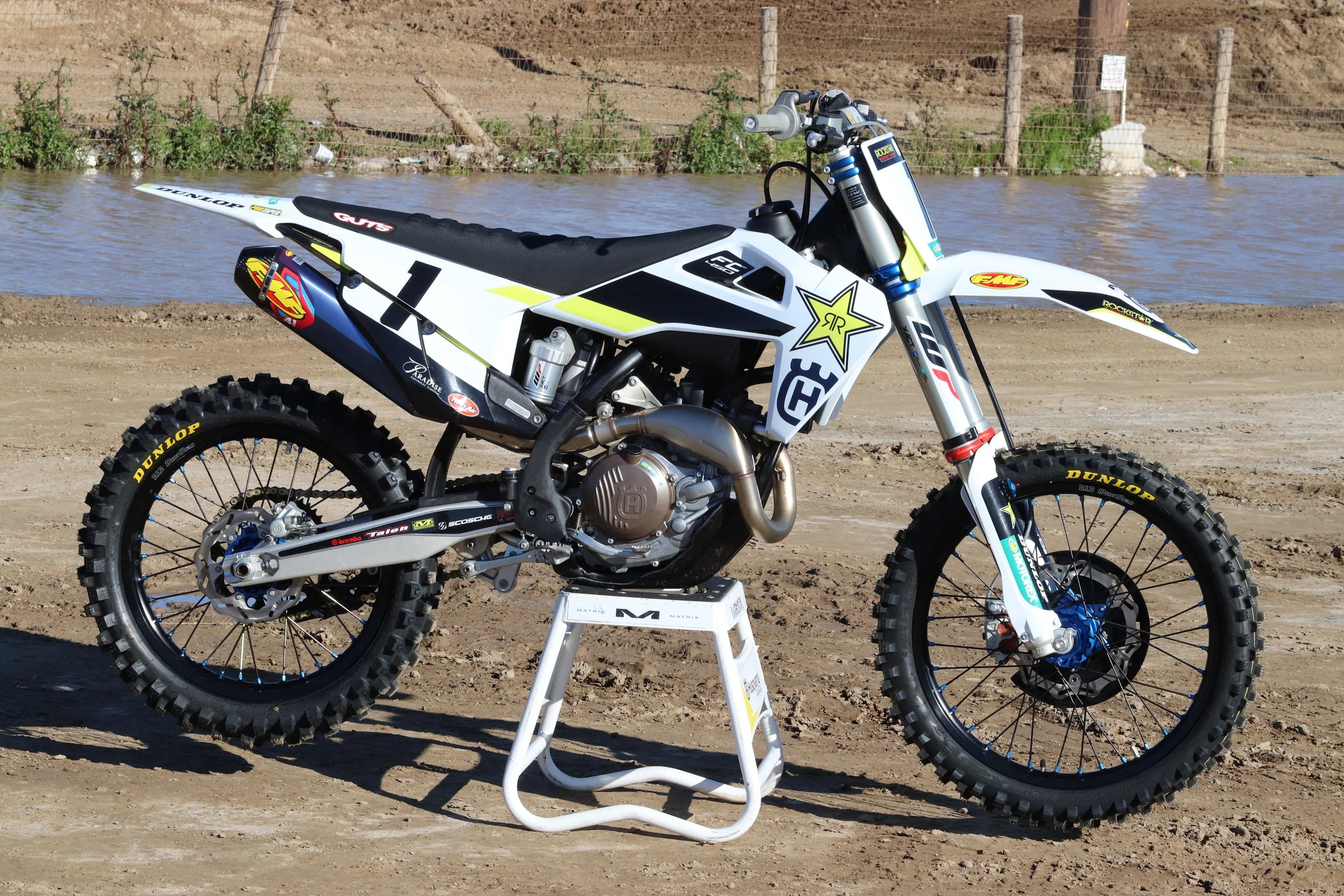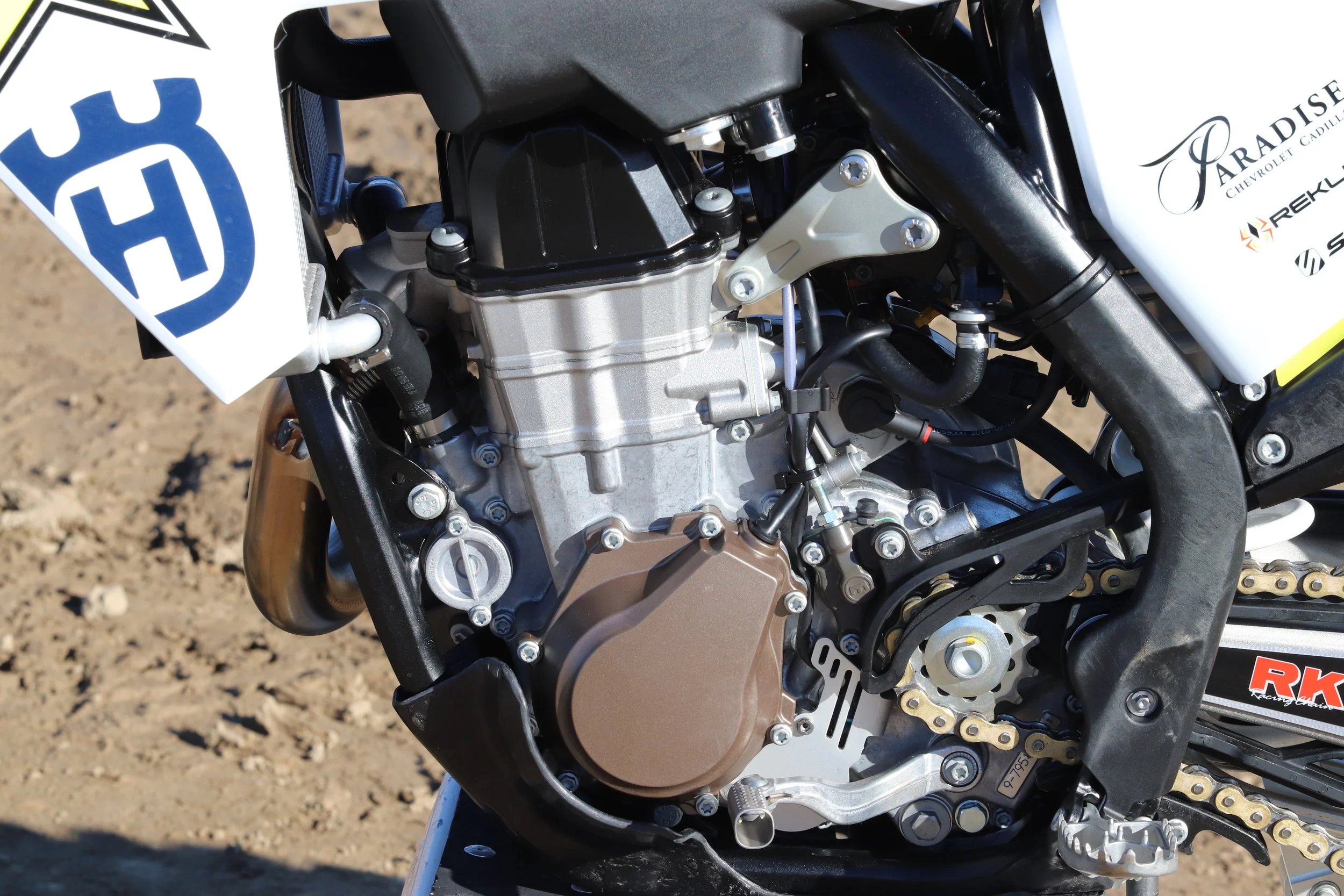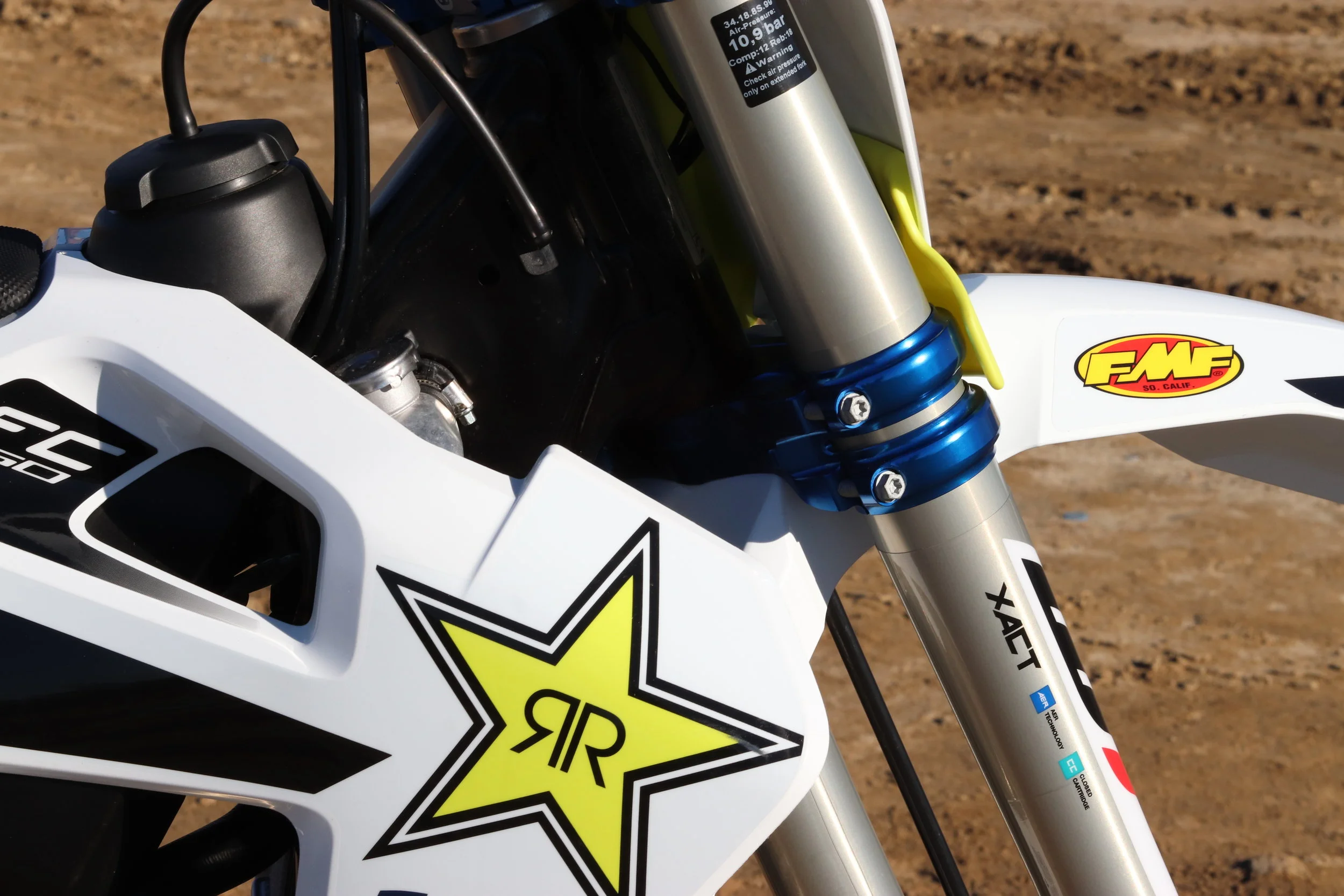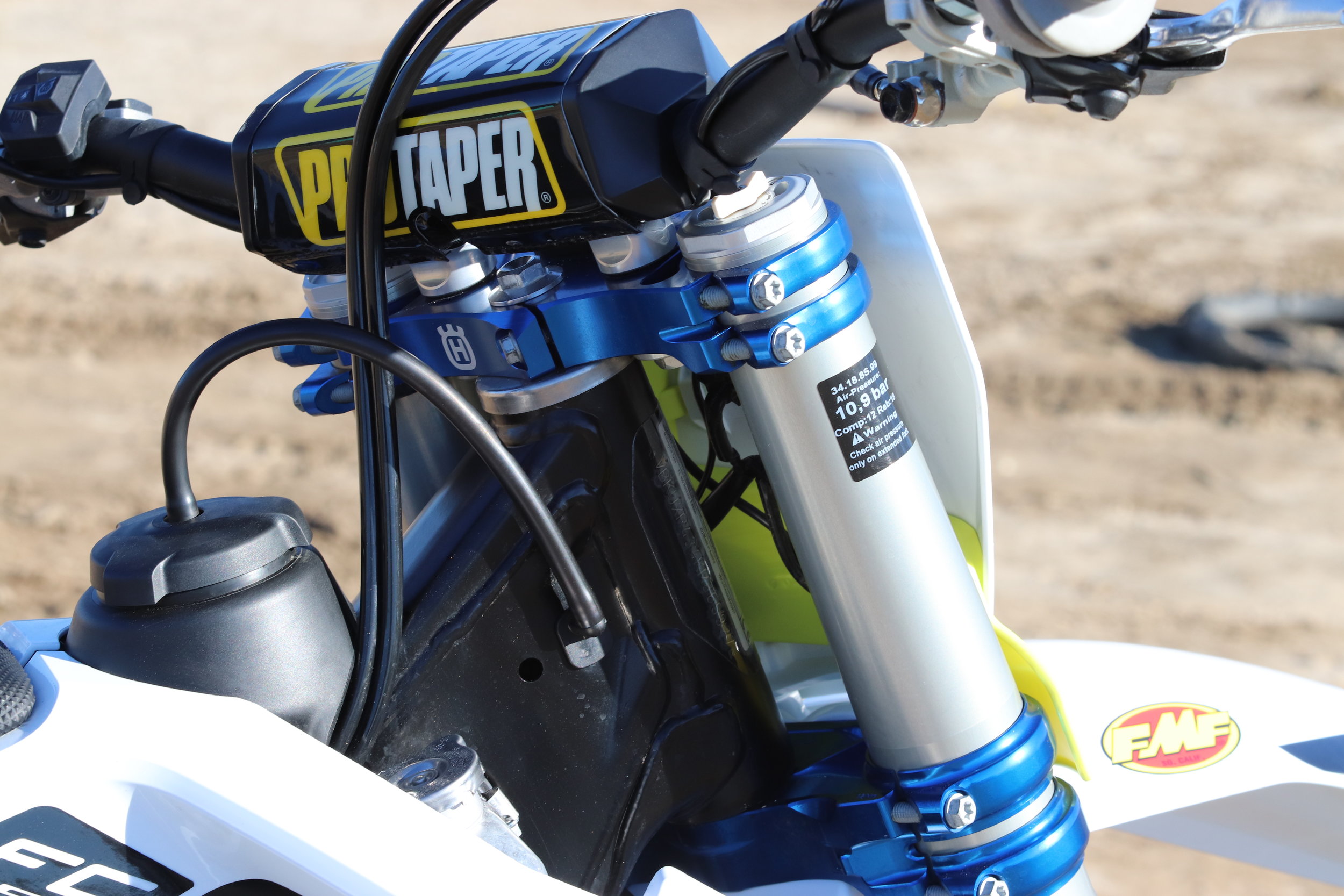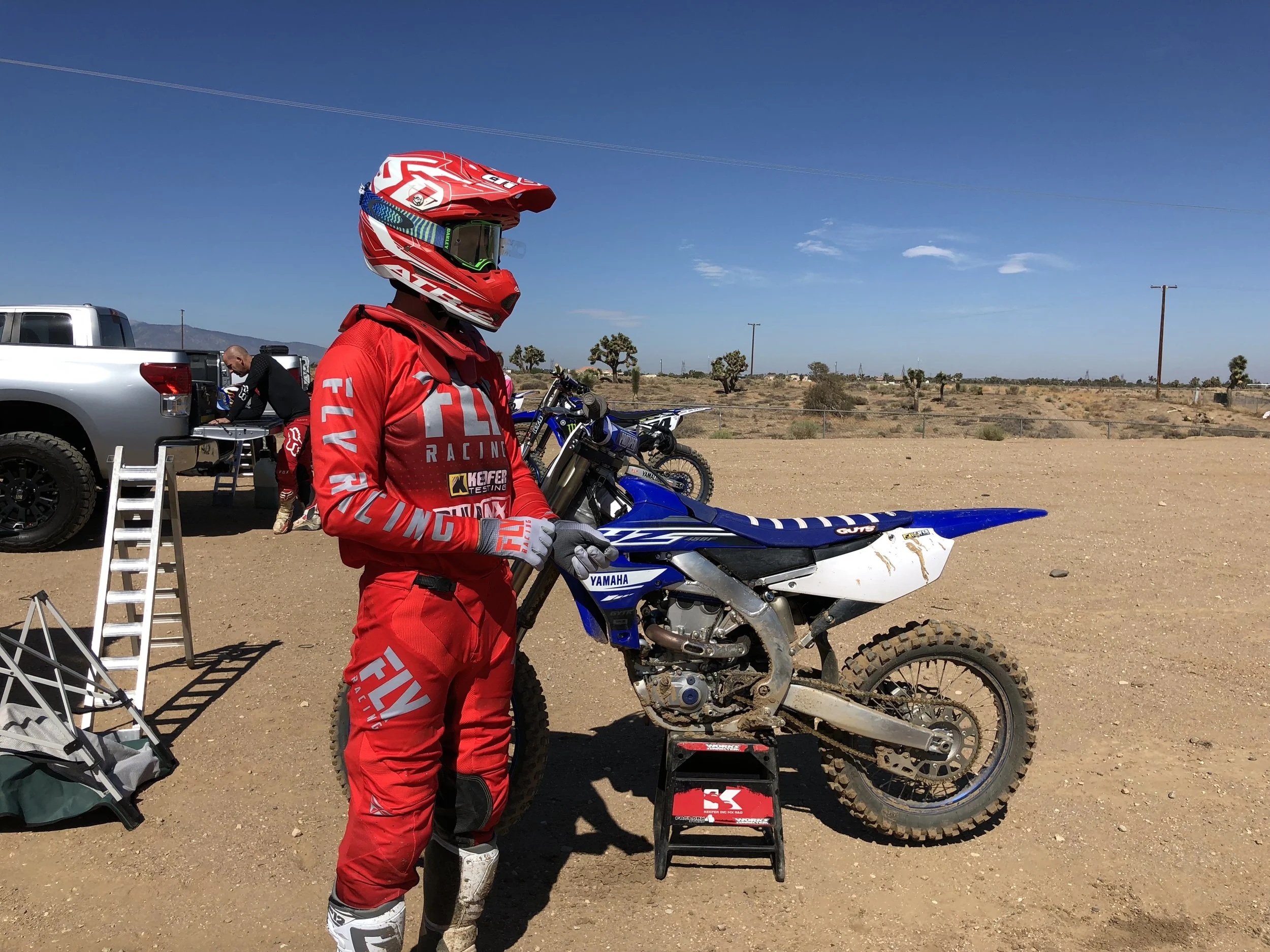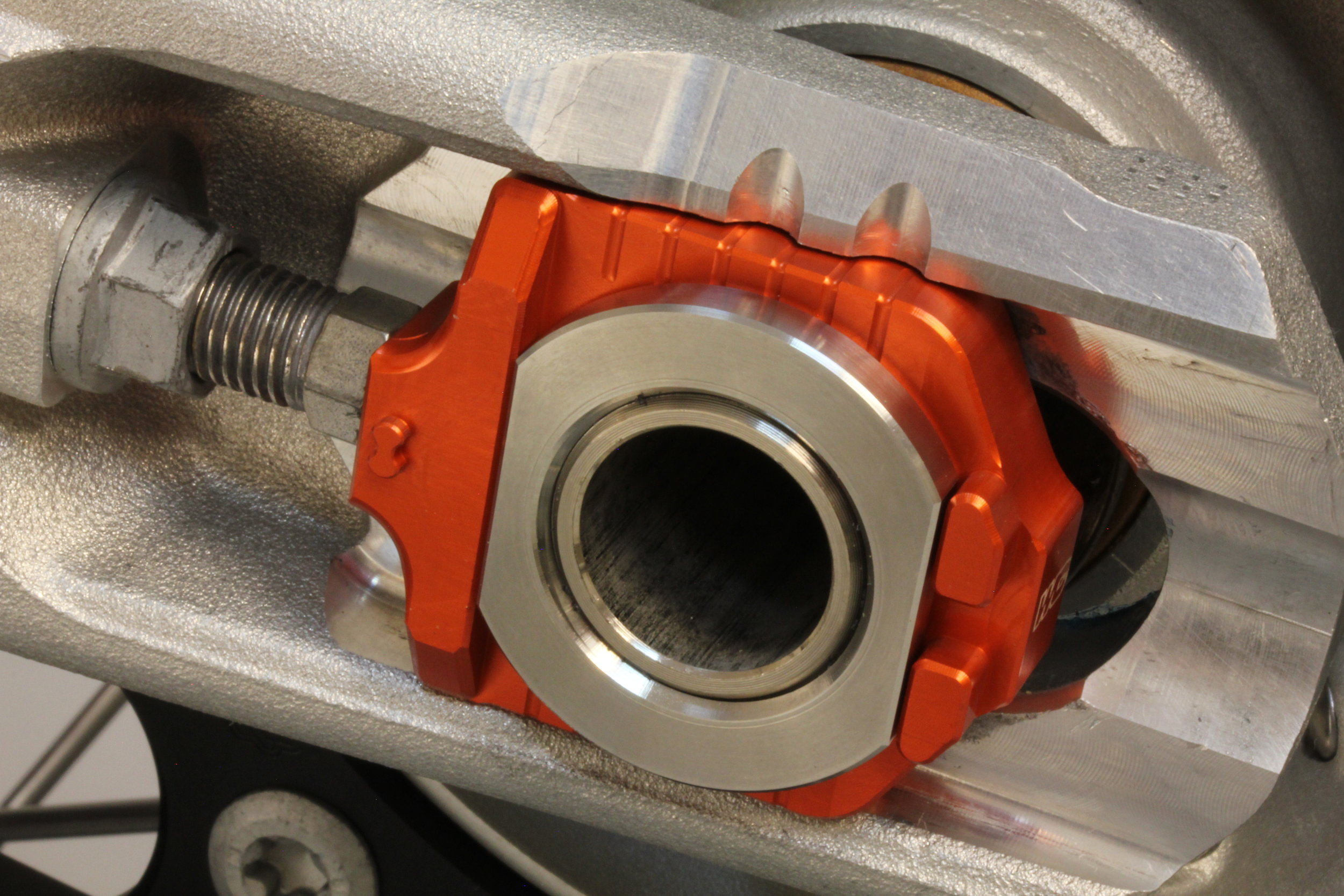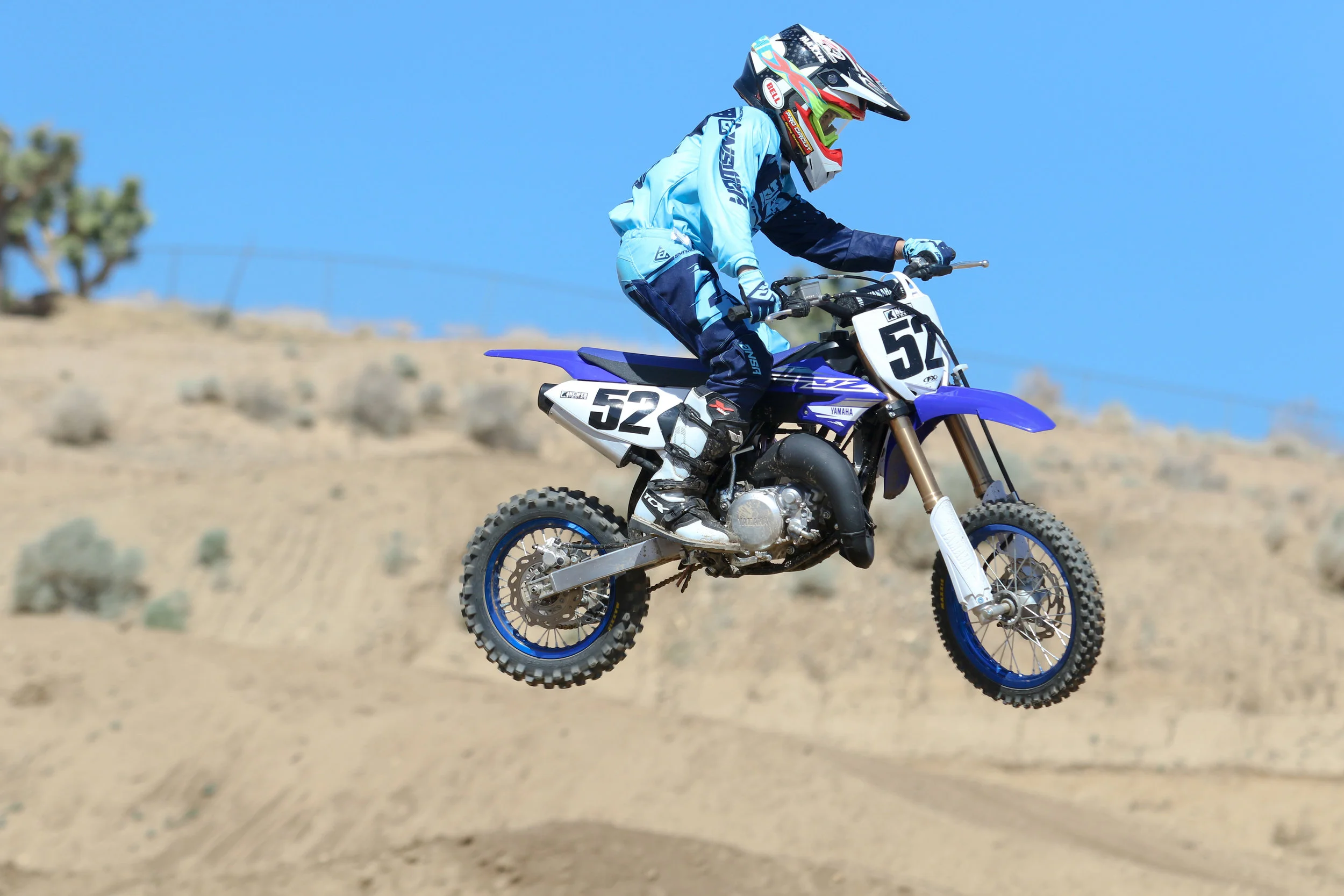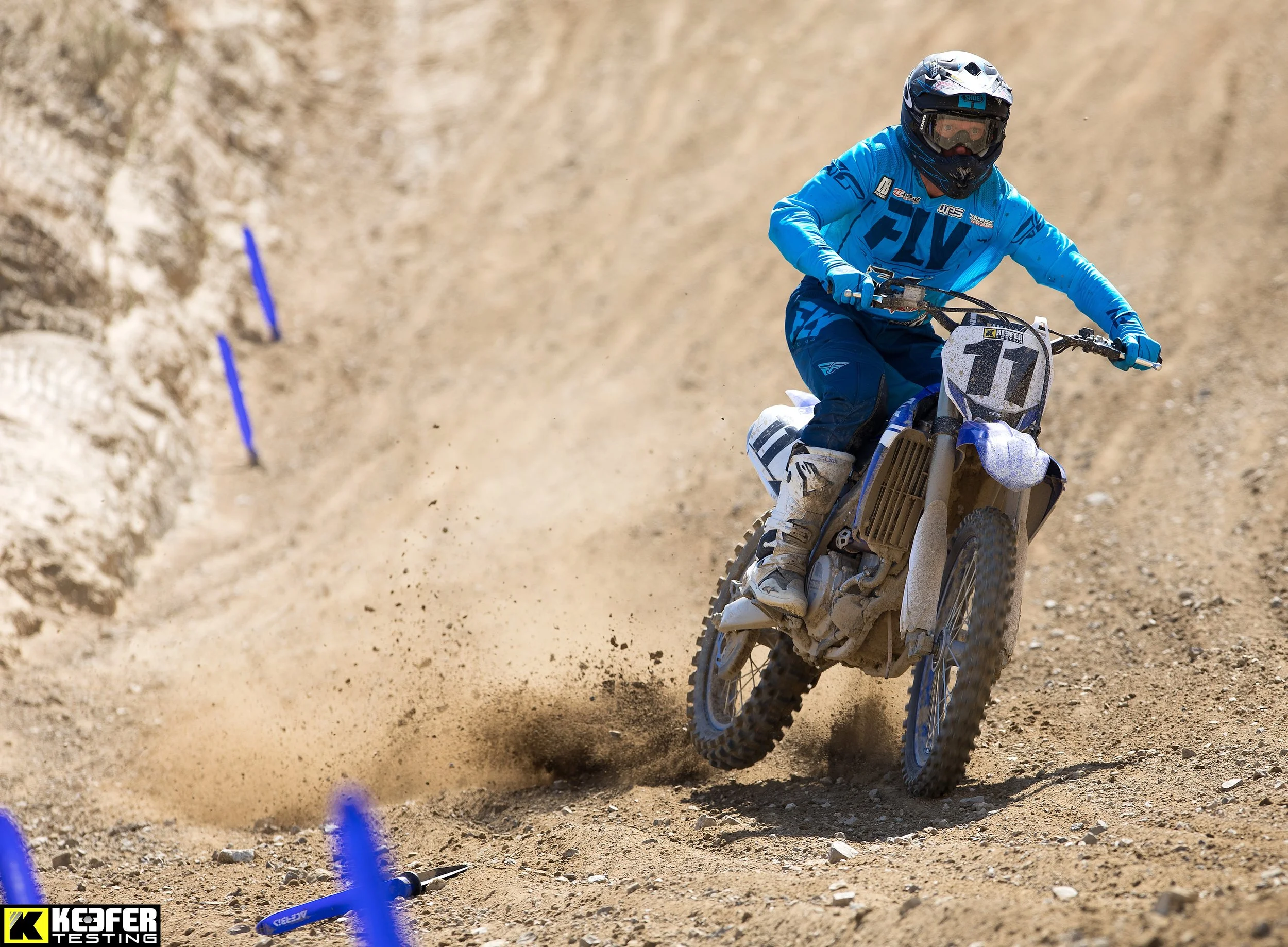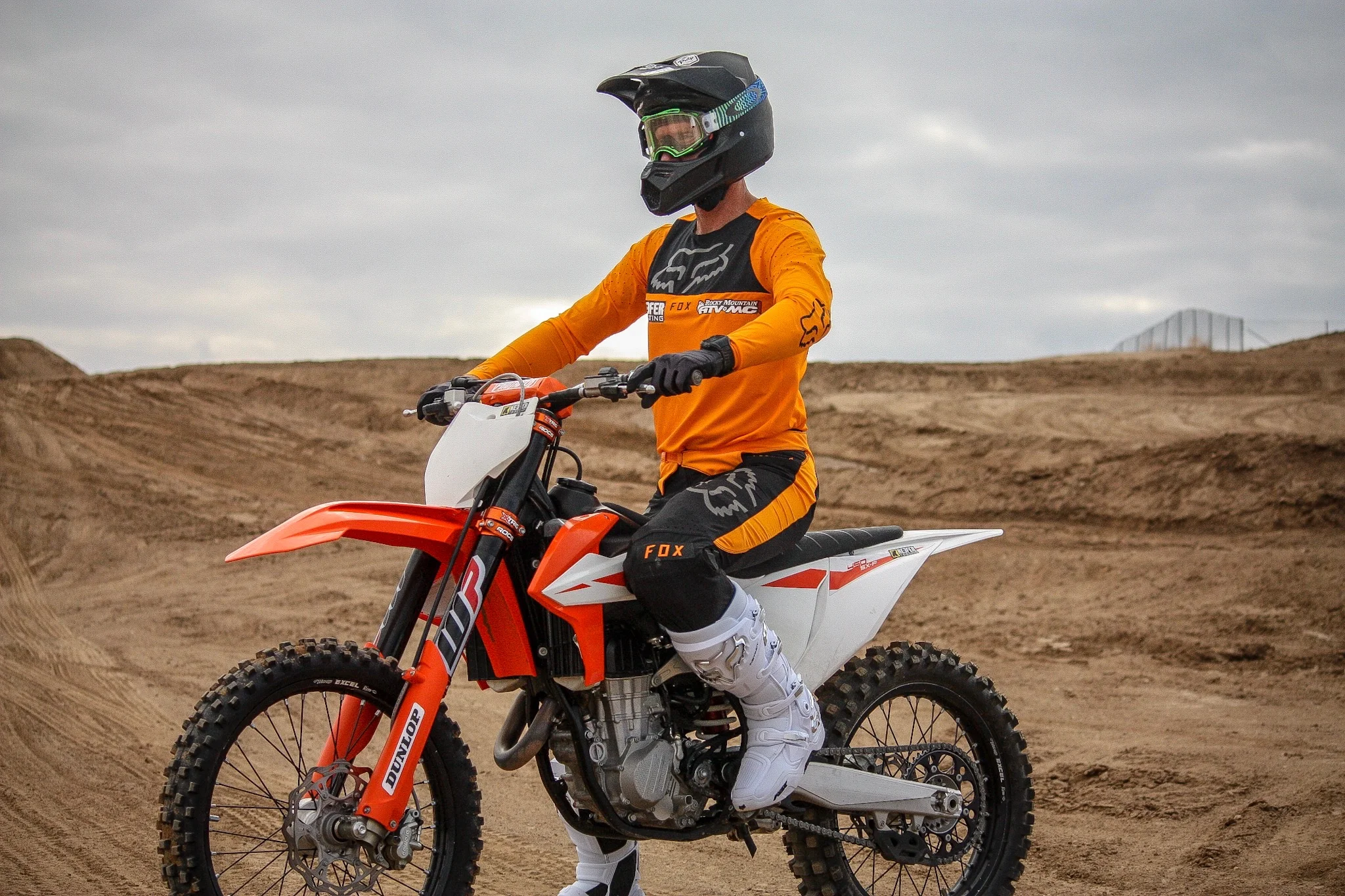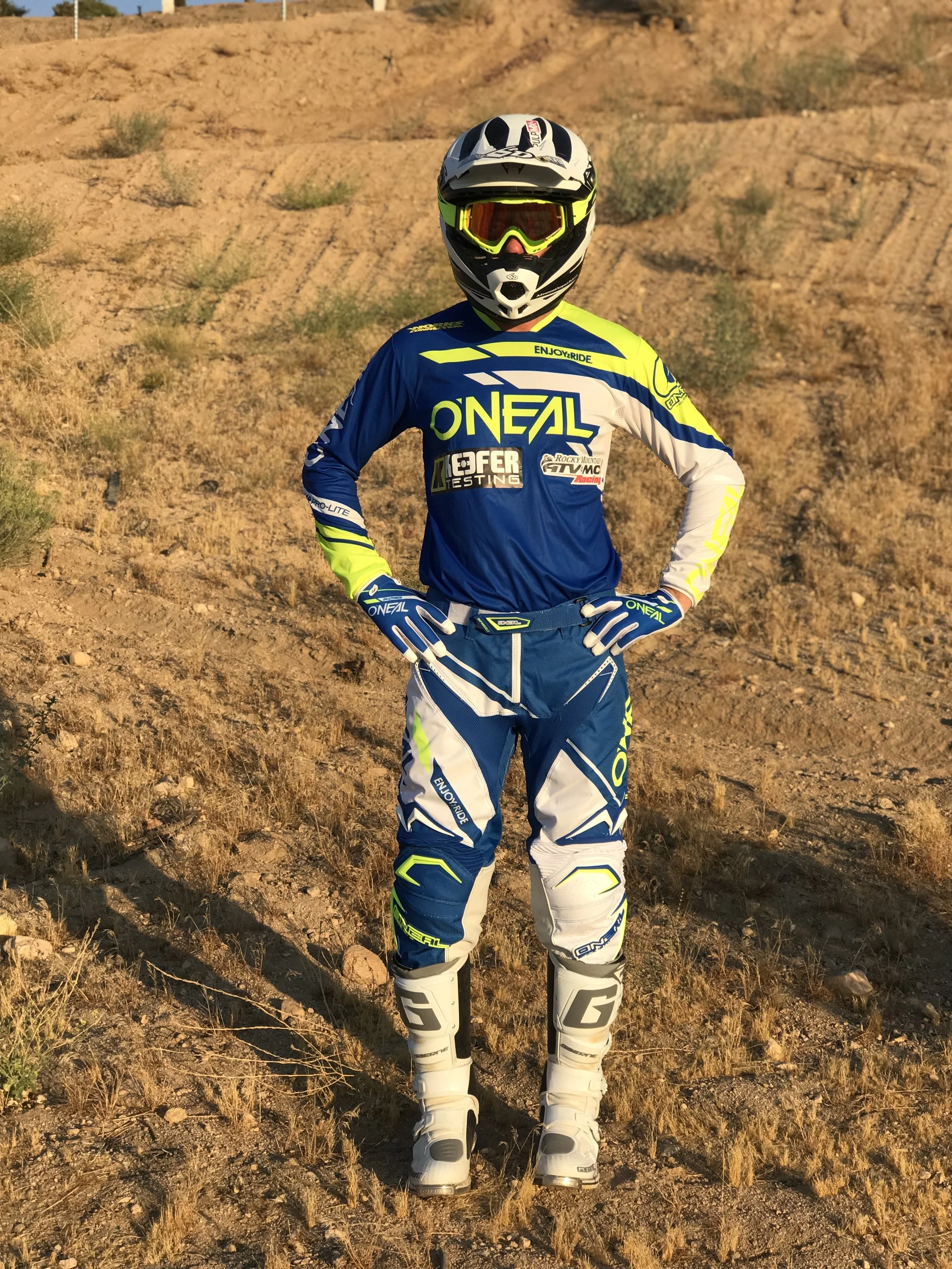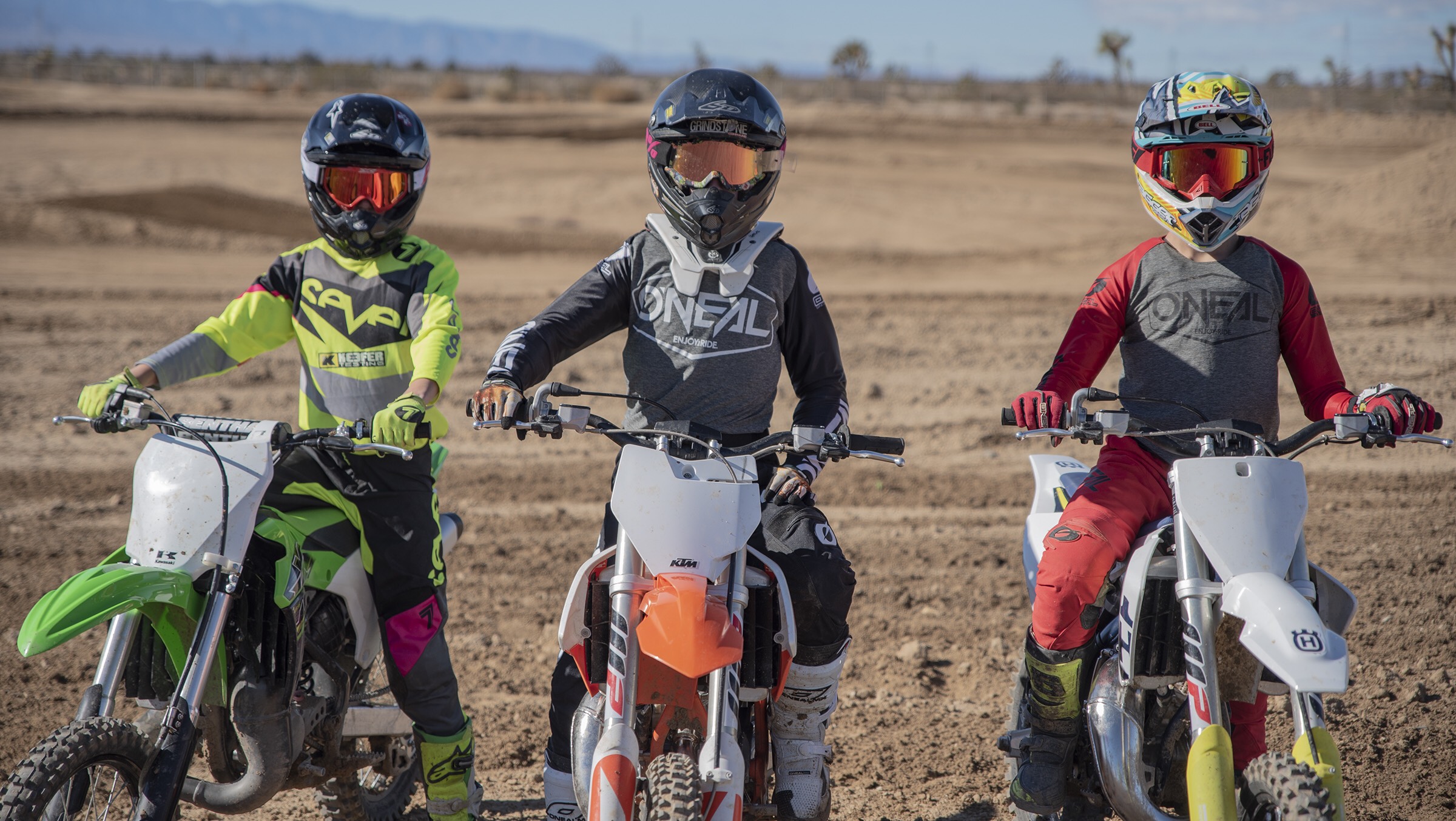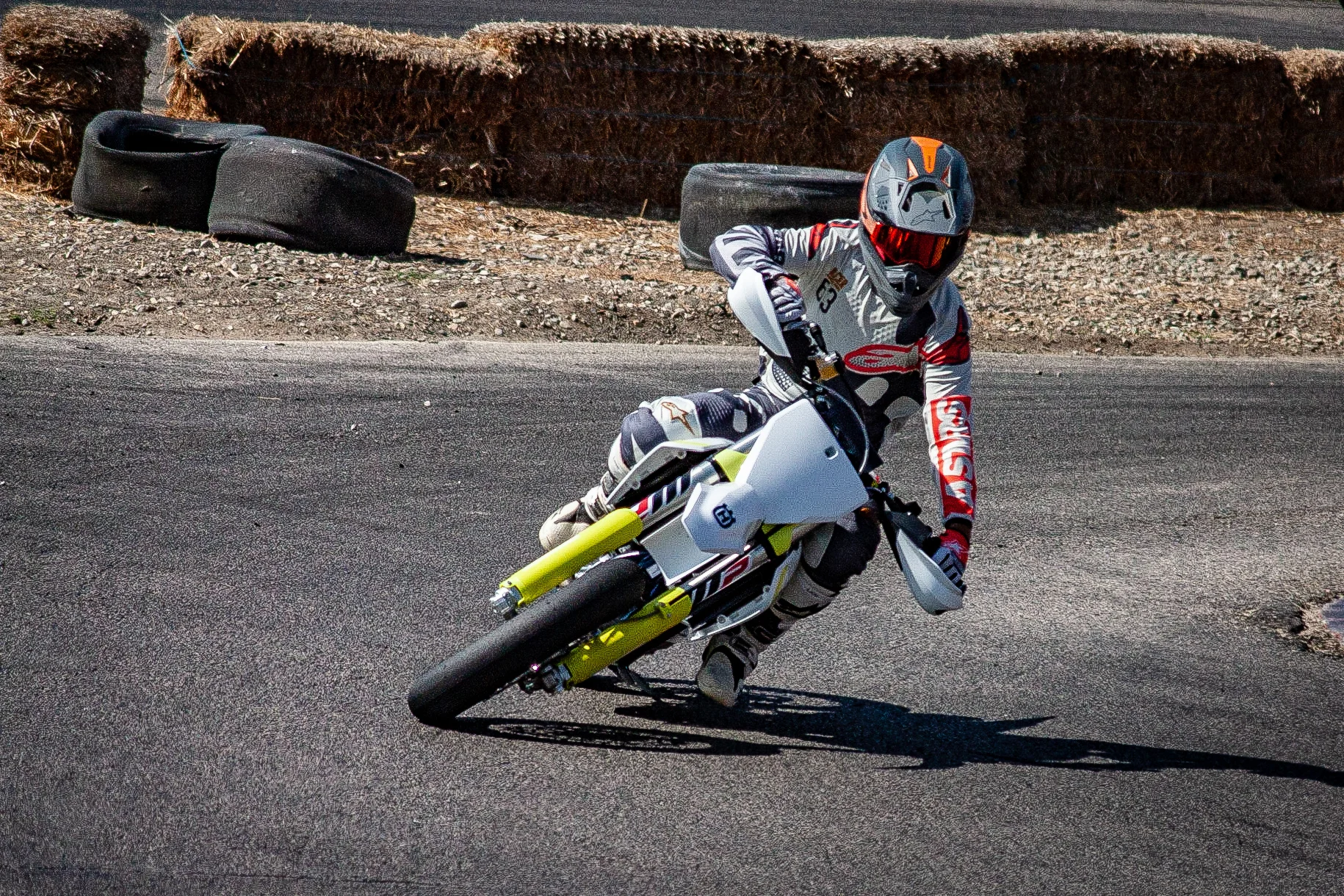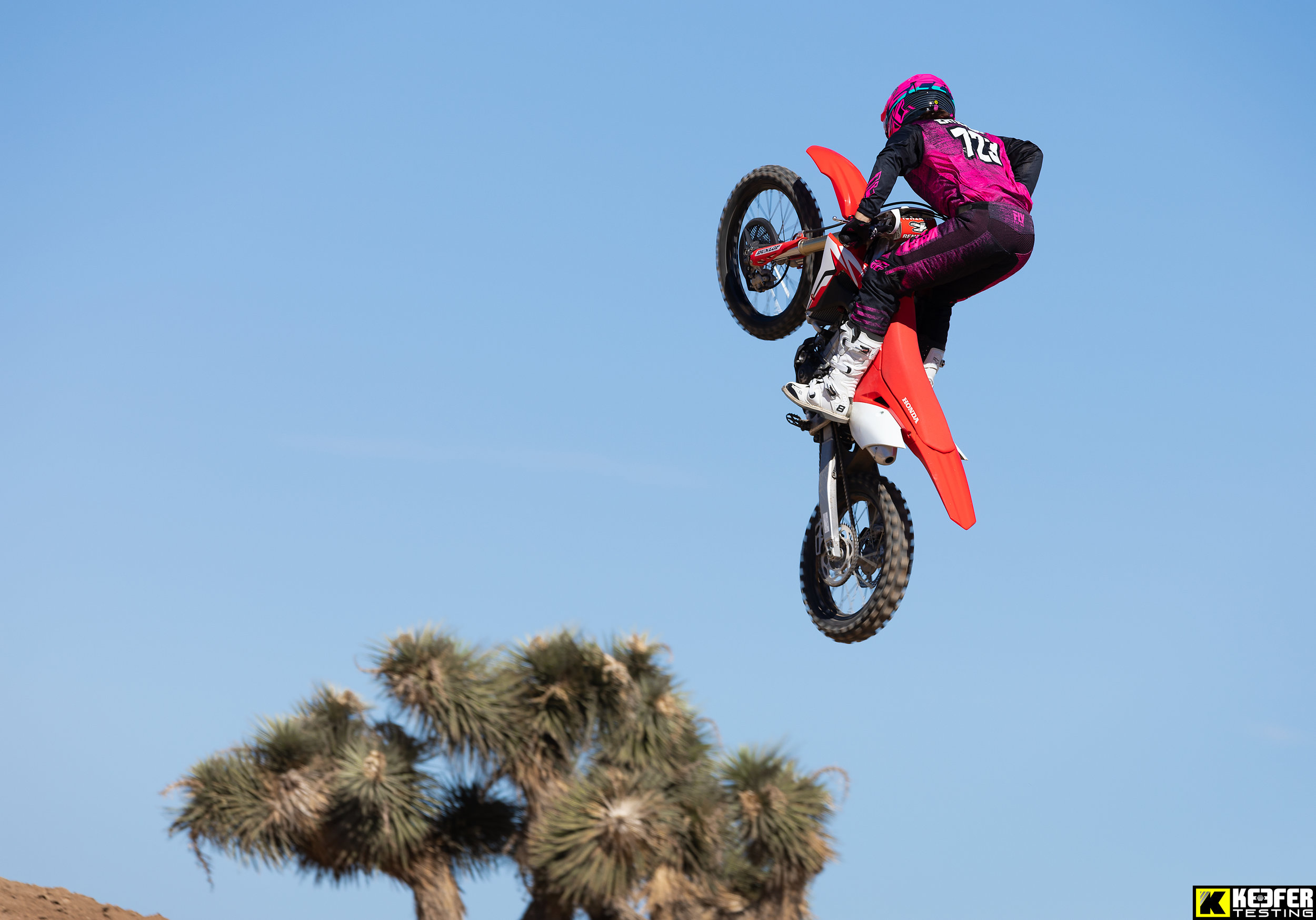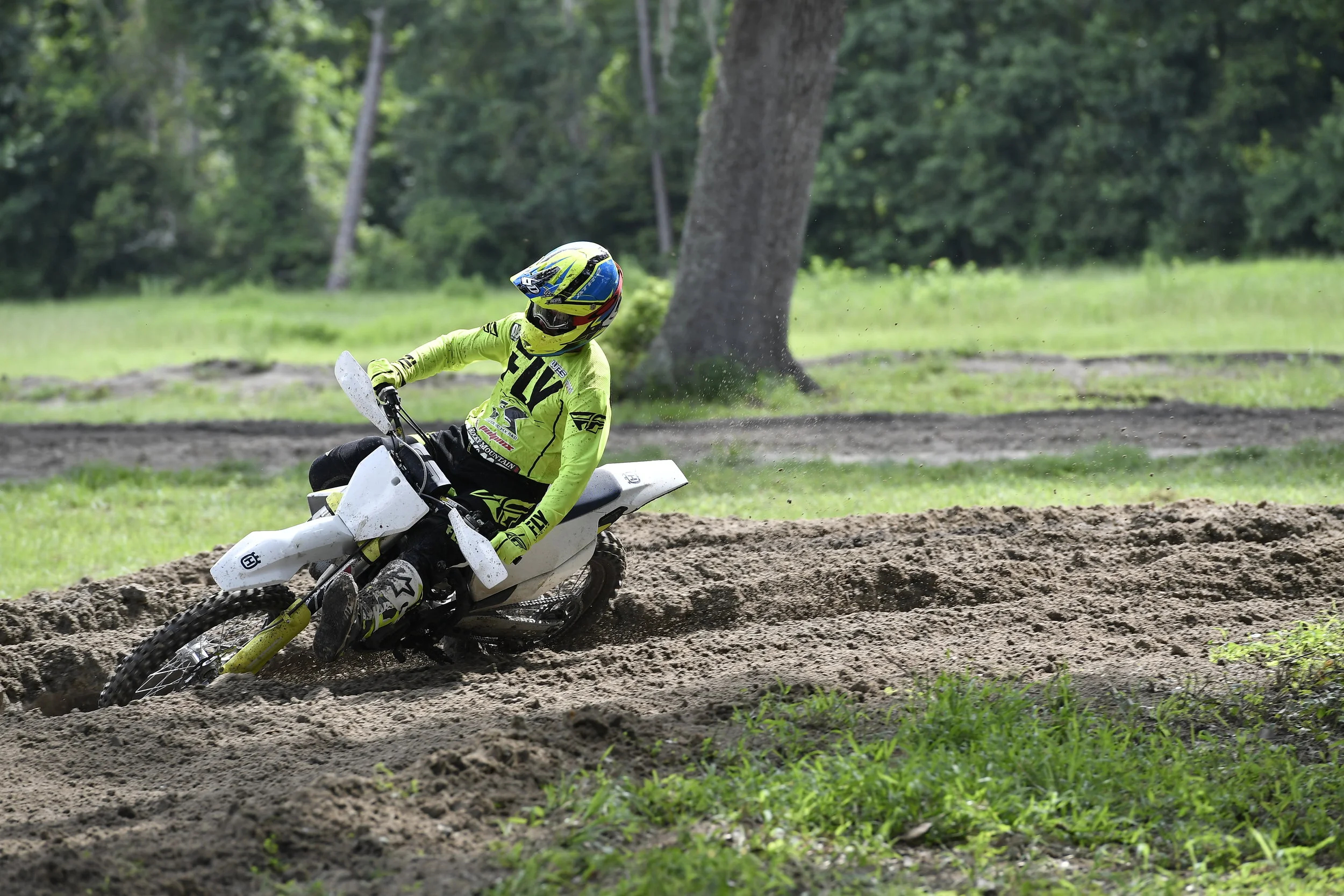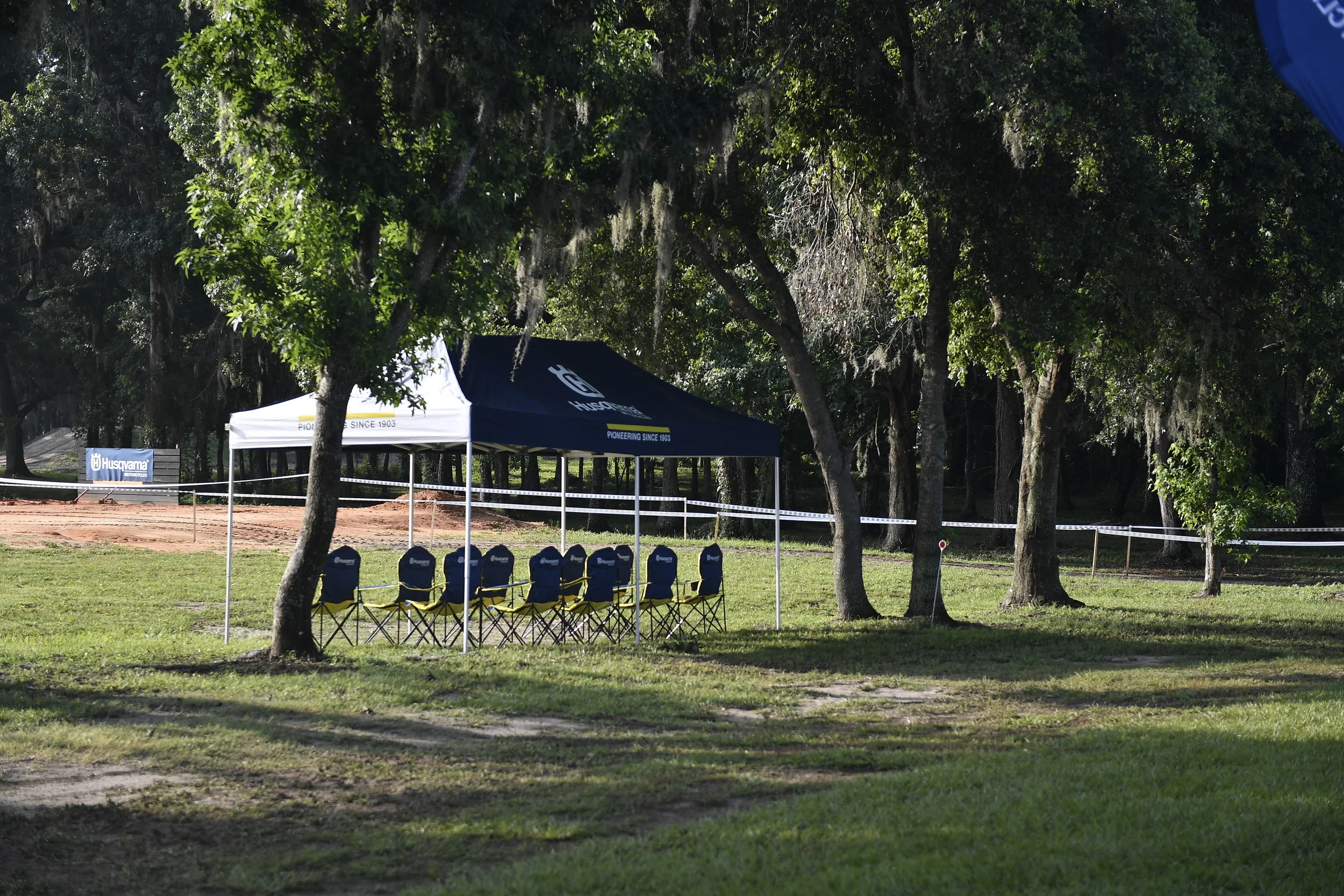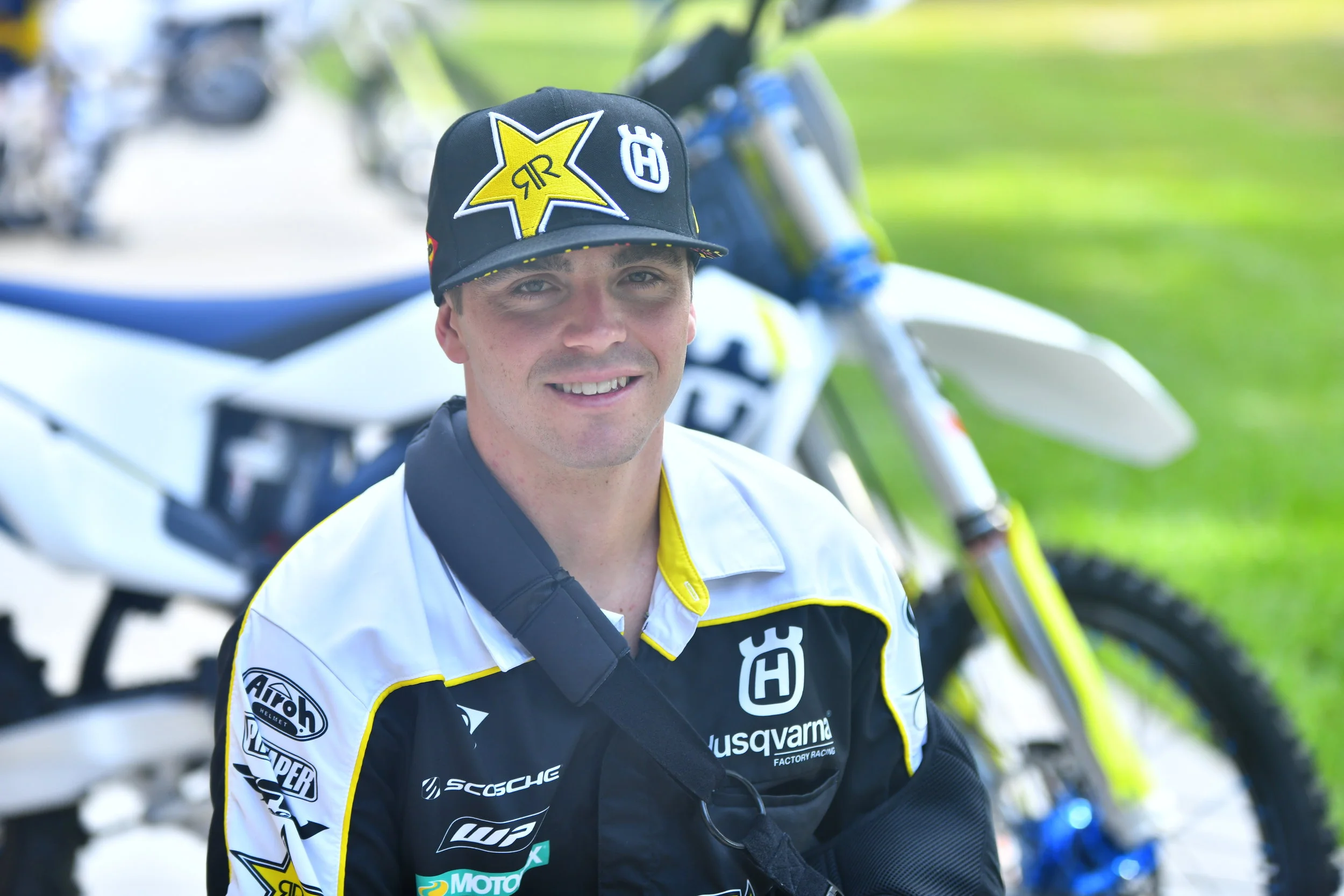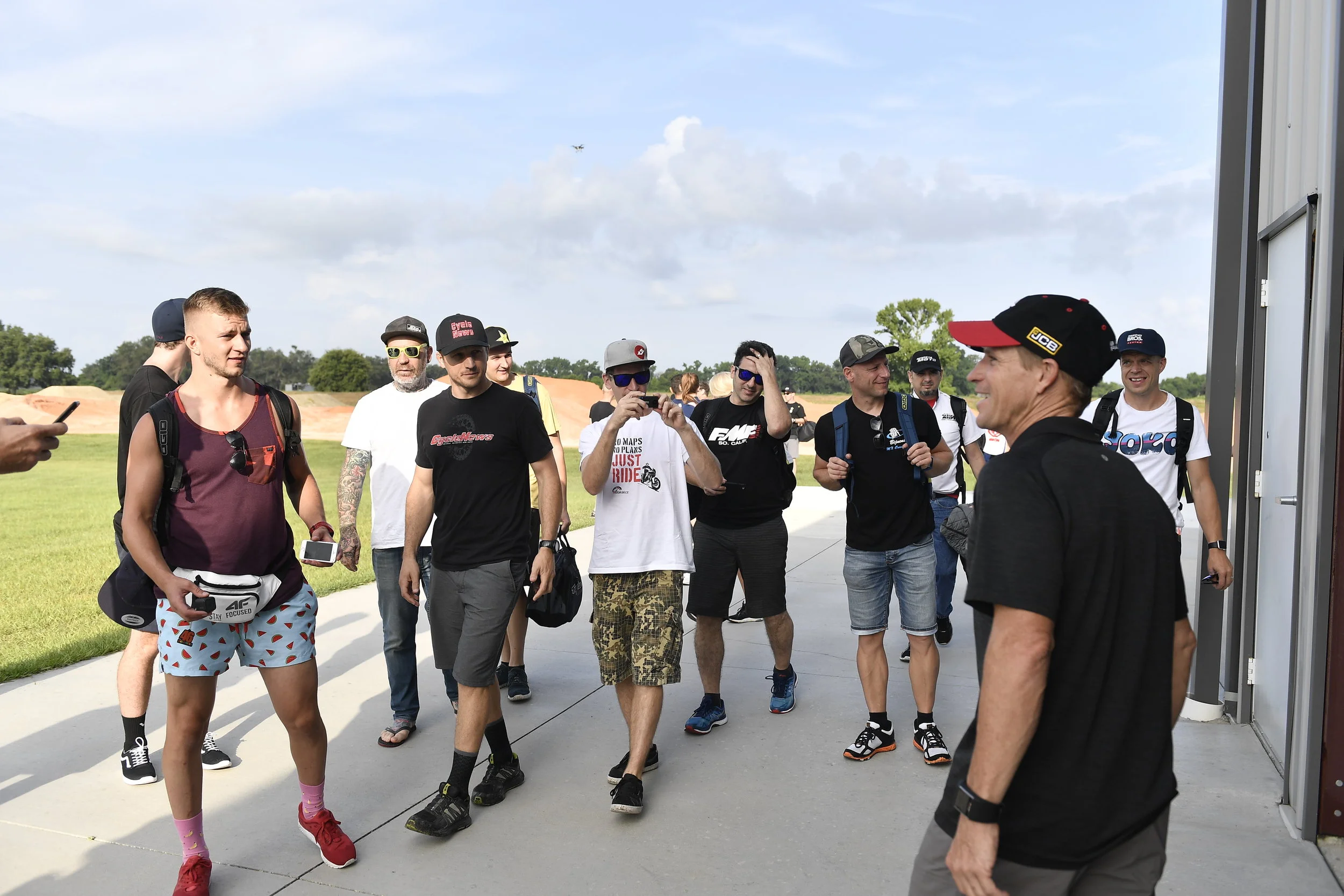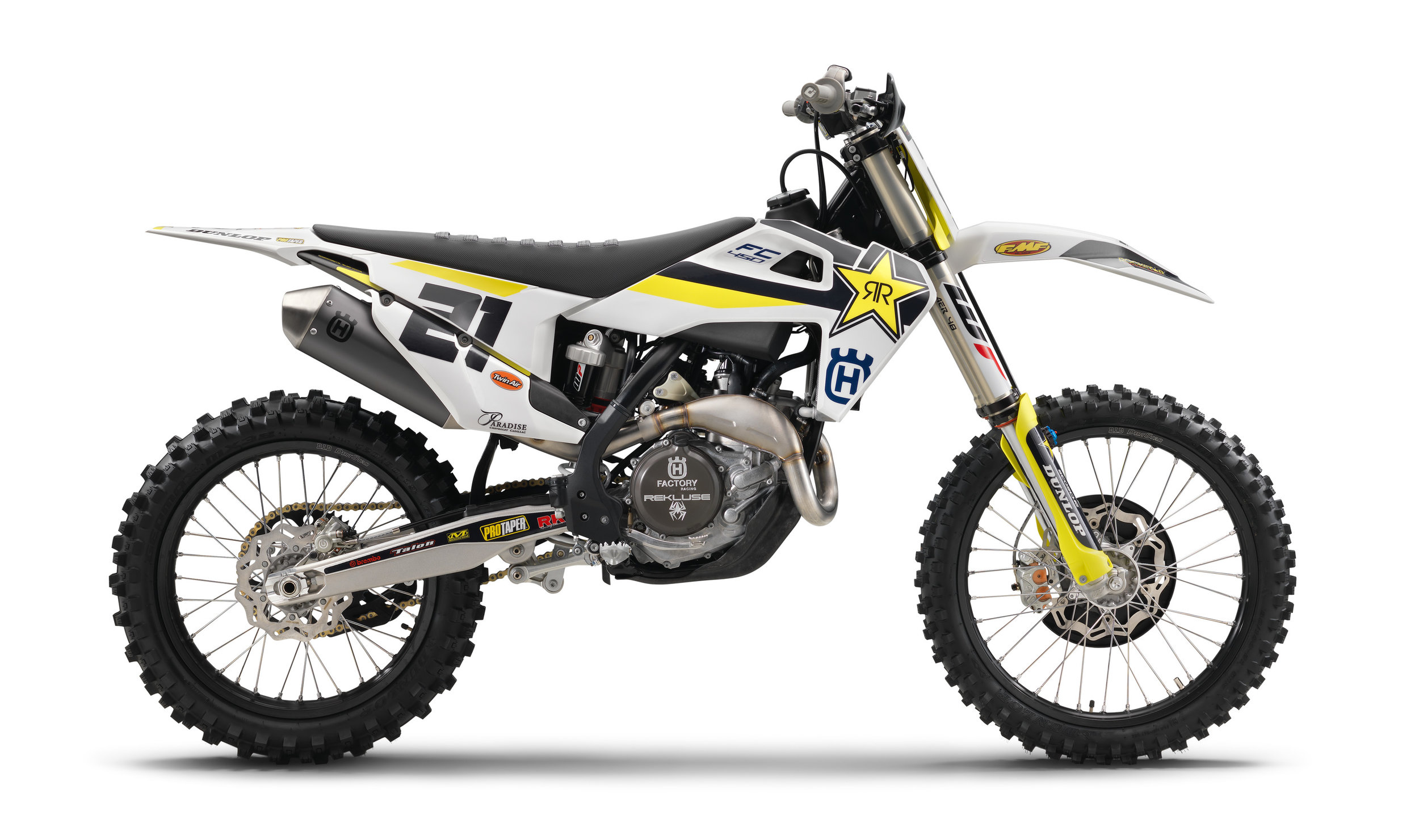Here is your one stop shop for some baseline suspension settings for all (except the Suzuki) the 250 motocross machines. These settings are a great start for anyone between 150-180 pounds. If heavier springs are needed the below specs will specify this. If you’re asking yourself ,why not gives some specs for riders under 150 pounds, don’t fret, email me at kris@keeferinctesting.com and I can try to walk you through some options. -KK
2021 Honda CRF250R:
In stock form the Showa suspension on the 2021 Honda CRF250R has decent comfort on de-cel bumps, but lacks a little hold up for riders ranging from 160-190 pounds. If you’re over 190 pounds going up a spring rate on each end is your ticket to a better handling CRF250R. After riding with this setting below at more than three different tracks, more than one time around, I figured out that this baseline suspension setting gave the 2021 Honda CRF250R the most “track toughness”. If you happen to feel like the fork is harsher (through the mid stroke) with this setting, simply open up the rebound (faster) back to stock setting. This will help free up the fork slightly under front end load (off-gas). The shock needs just a little more hold up under acceleration so simply going stiffer/slower on low speed compression/rebound gives the rider more comfort and added traction out of corners. I tried experimenting with high speed compression, but the Honda is finicky with high speed. Going stiffer on high speed compression (shock) put too much weight on the front end (fork) creating a harsher feeling front fork.
Fork:
Spring Rate: 4.8N/mm
Height: 3mm
Compression: 6-7 clicks out
Rebound: 10 clicks out
Shock:
Spring Rate: 52N/mm
Sag: 102-103mm
High Speed Compression: 2-5/6
Low Speed Compression: 9 clicks out
Rebound: 5 clicks out
2021 Kawasaki KX250:
The 2021 KX250 to me has a better suspension feel than the KX450 as well a better hold up. The KYB suspension has a wide range of comfort for different size riders so stock springs should suffice unless you’re over 180 pounds. If you’re over 180 pounds then going to a 5.0N/mm fork spring (like last year’s fork) and 56N/mm rear spring and softening up the compression a couple clicks on each end and that should increase the comfort for you heavier dudes.
Fork:
Spring Rate: 4.9 N/mm
Height: 4mm
Compression: 9 clicks out
Rebound: 10 clicks out
Shock:
Spring Rate: 54 N/mm
Sag: 102-103mm
High Speed Compression: 1.25 turns out
Low Speed Compression: 9 clicks out
Rebound: 11 clicks out
2021 Yamaha YZ250:
Much like the chassis, the 2021 suspension feels firmer (compared the 2020), holds up more in the stroke slightly, yet still has that KYB free feeling movement (unlike a Showa feel where it moves less with a dead feel) that is very active on the track. That active feel translates into a a front/rear end that follows the ground well under small chatter and bigger/softer braking bumps. I did have to go a little firmer on both ends for my style of riding, but it didn’t take long at all to feel comfortable. Track Toughness of the 2021 Yamaha YZ250F is better than the 2020, but if you’re north of 180 pounds you might want to drop in a set of 4.8N/mm fork springs and live happy!
Fork:
Spring Rate: 4.7 N/mm
Height: 4mm
Compression: 8 clicks out
Rebound: 9 clicks out
Shock:
Spring Rate: 56 N/mm
Sag: 104mm
High Speed Compression: 7/8-1 turn out
Low Speed Compression: 8 clicks out
Rebound: 9 clicks out
2021 KTM 250SX-F:
Always remember that a WP AER fork needs more time to break in than any other fork on the market. Your AER fork will need at least 5-6 engine hours to fully break in. If you feel like your fork is stiff/harsh before that, don’t fret yet, as this is a common feel among these forks. These KTM/Husqvarna/Gas Gas settings are for riders anywhere from 150-180 pounds. Lighter riders under 150 pounds will need a slightly softer air setting (around TKTK bar), but can use the same clicker adjustment readings.
Fork:
Spring Rate: 10.6-10.7 bar
Height: 5mm
Compression: 11 clicks out (with 10.6 bar) 15 clicks out (with 10.7 bar)
Rebound: 11 clicks out
Shock:
Spring Rate: 42 N/mm
Sag: 102-103mm
High Speed Compression: 1.75-2 turns out
Low Speed Compression: 11 clicks out
Rebound: 12 clicks out
2021 Gas Gas MC250:
Fork:
Spring Rate: 10.6-10.7 bar
Height: 5mm
Compression: 11 clicks out (with 10.6 bar) 15 clicks out (with 10.7 bar)
Rebound: 10 clicks out
Shock:
Spring Rate: 42 N/mm
Sag: 102-103mm
High Speed Compression: 1.75-2 turns out
Low Speed Compression: 11 clicks out
Rebound: 11 clicks out
2021 Husqvarna FC250:
Due to the lower nature of the Husqvarna setting, we preferred to go a little stiffer with this set up to get more comfort on the Husqvarna suspension.
Fork:
Spring Rate: 10.7-10.8 bar
Height: 5mm
Compression: 14 clicks out
Rebound: 9-10 clicks out
Shock:
Spring Rate: 42 N/mm
Sag: 100-101mm
High Speed Compression: 1.5
Low Speed Compression: 10 clicks out
Rebound: 11 clicks out

